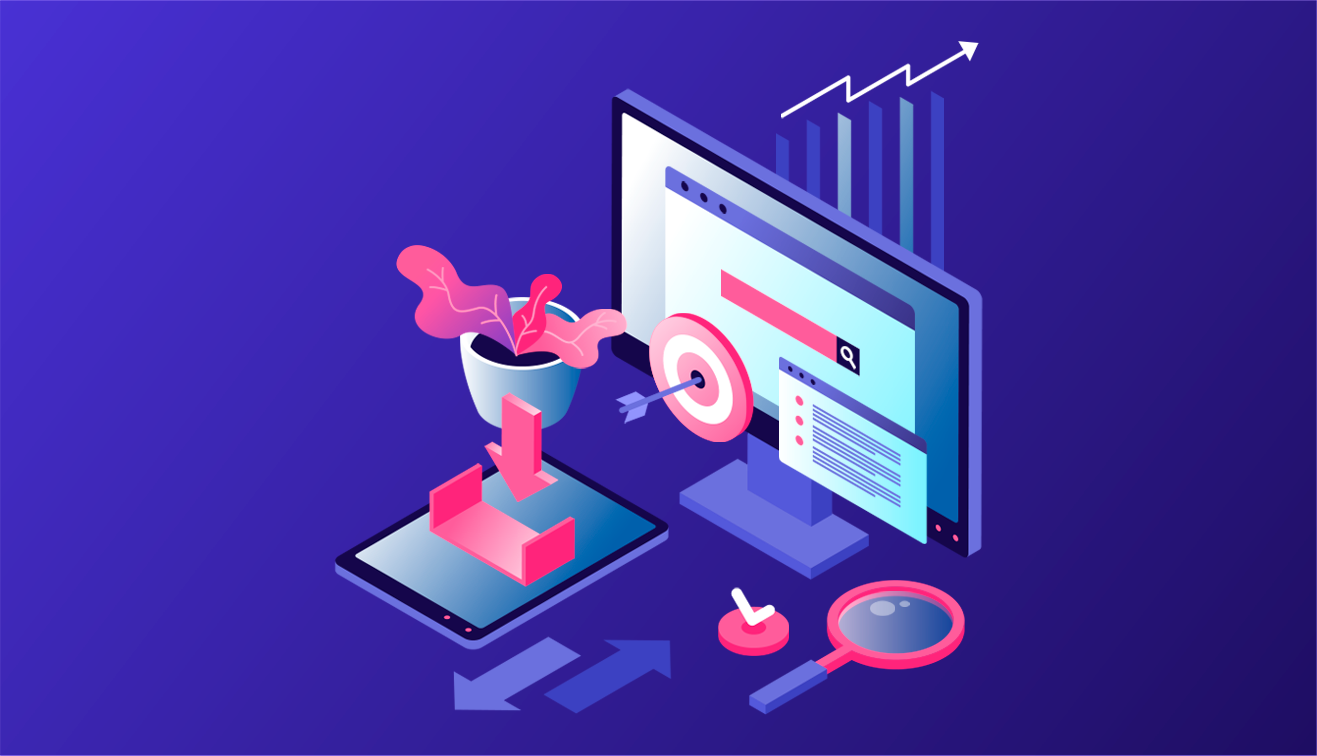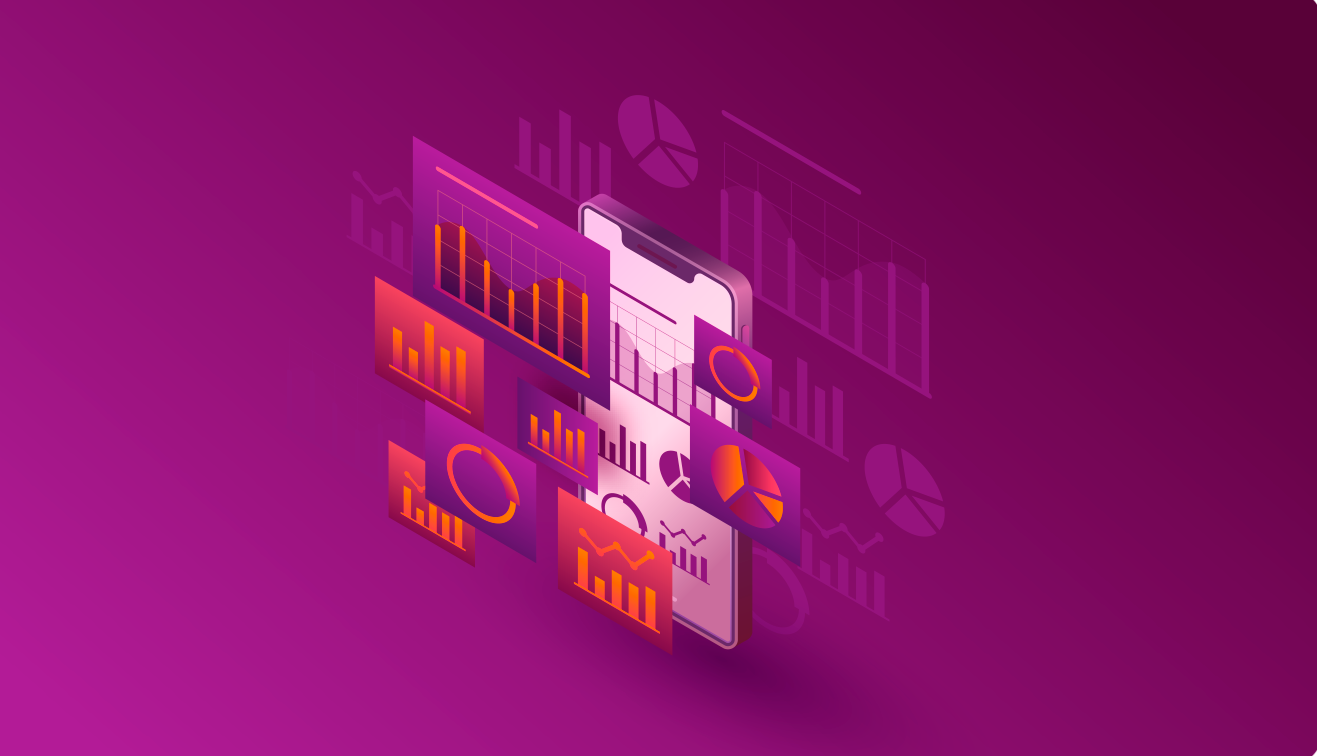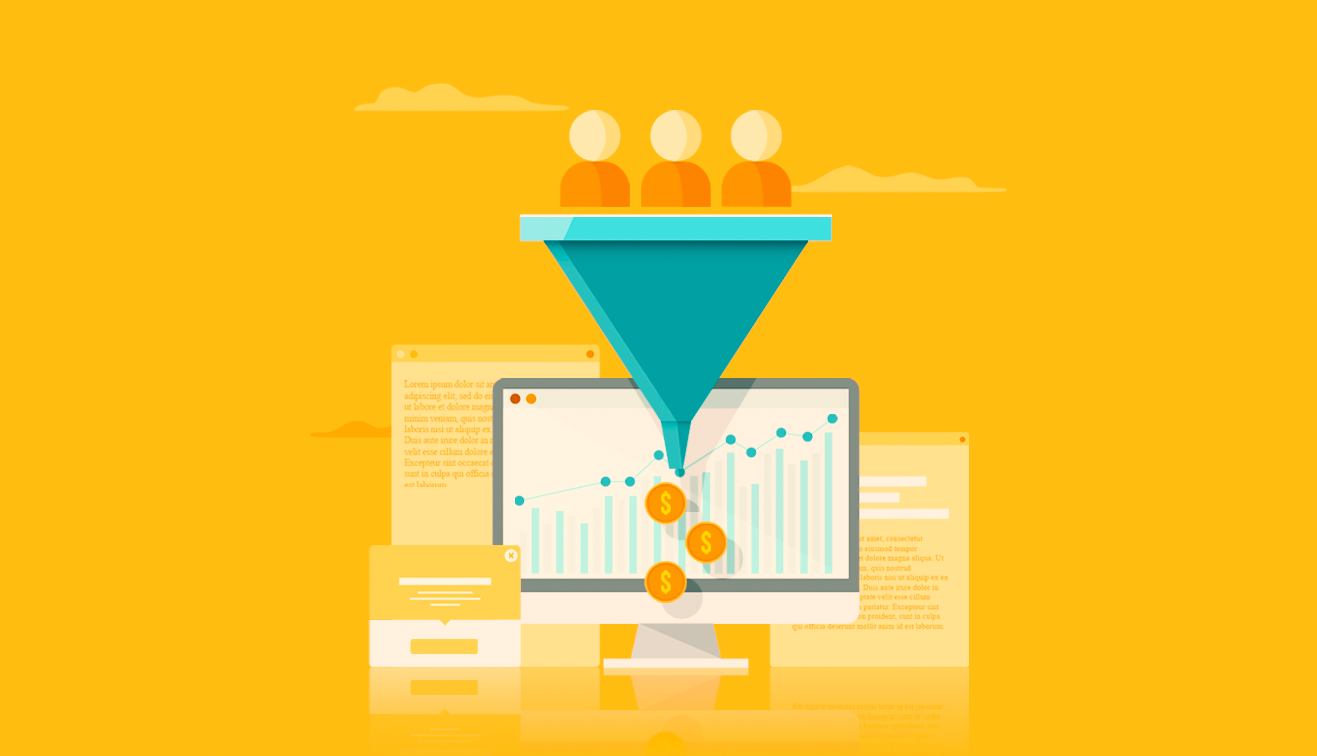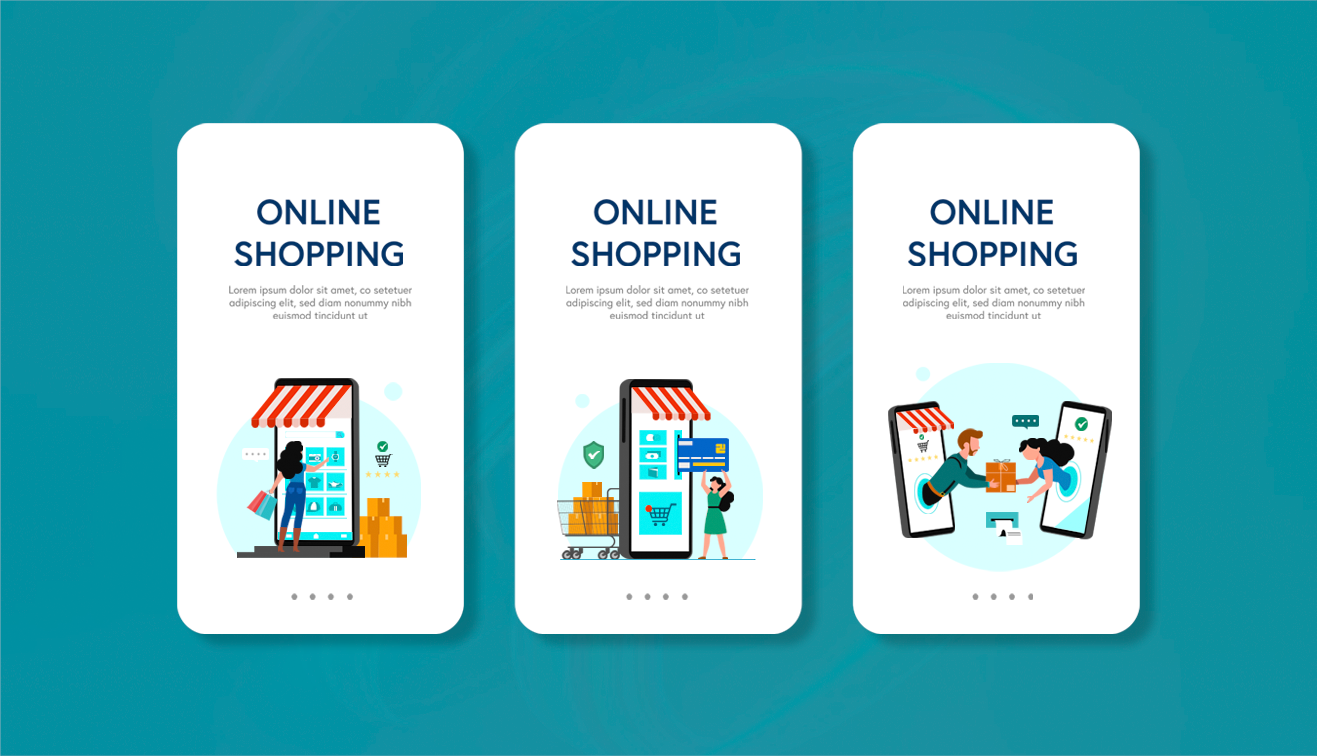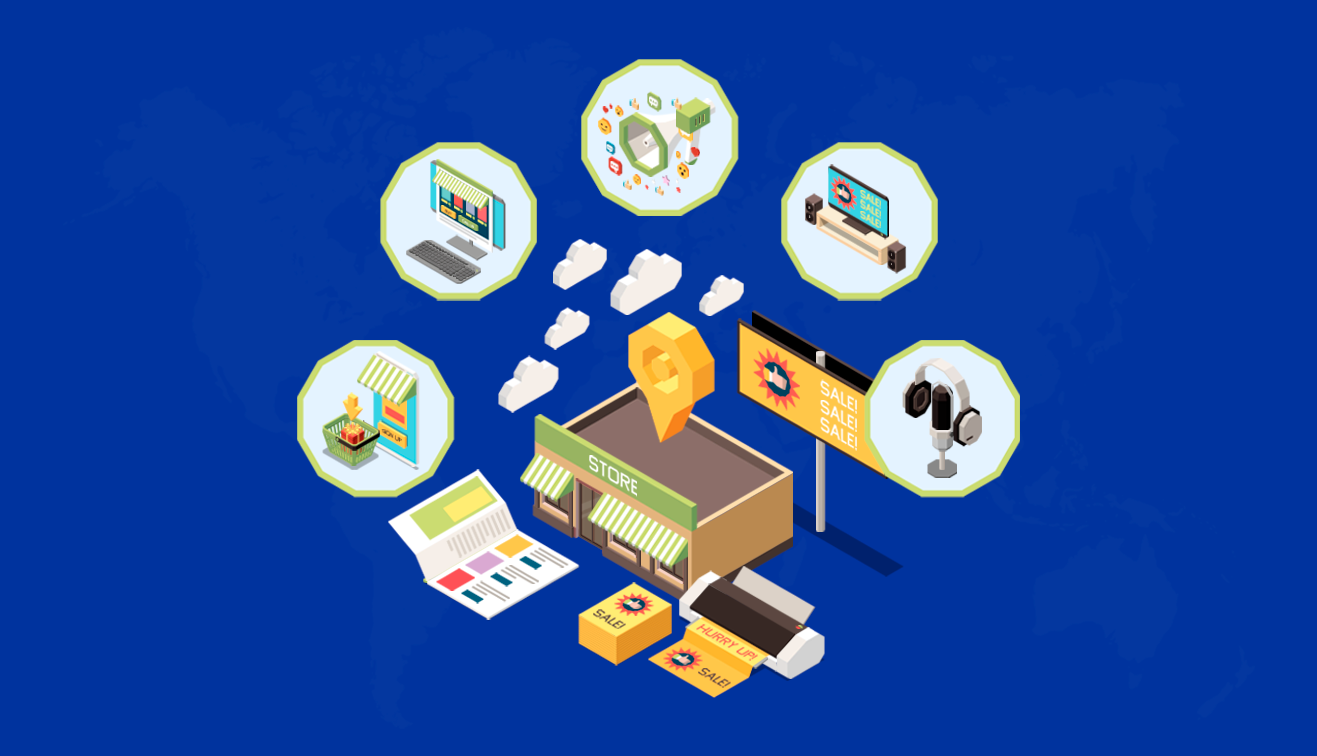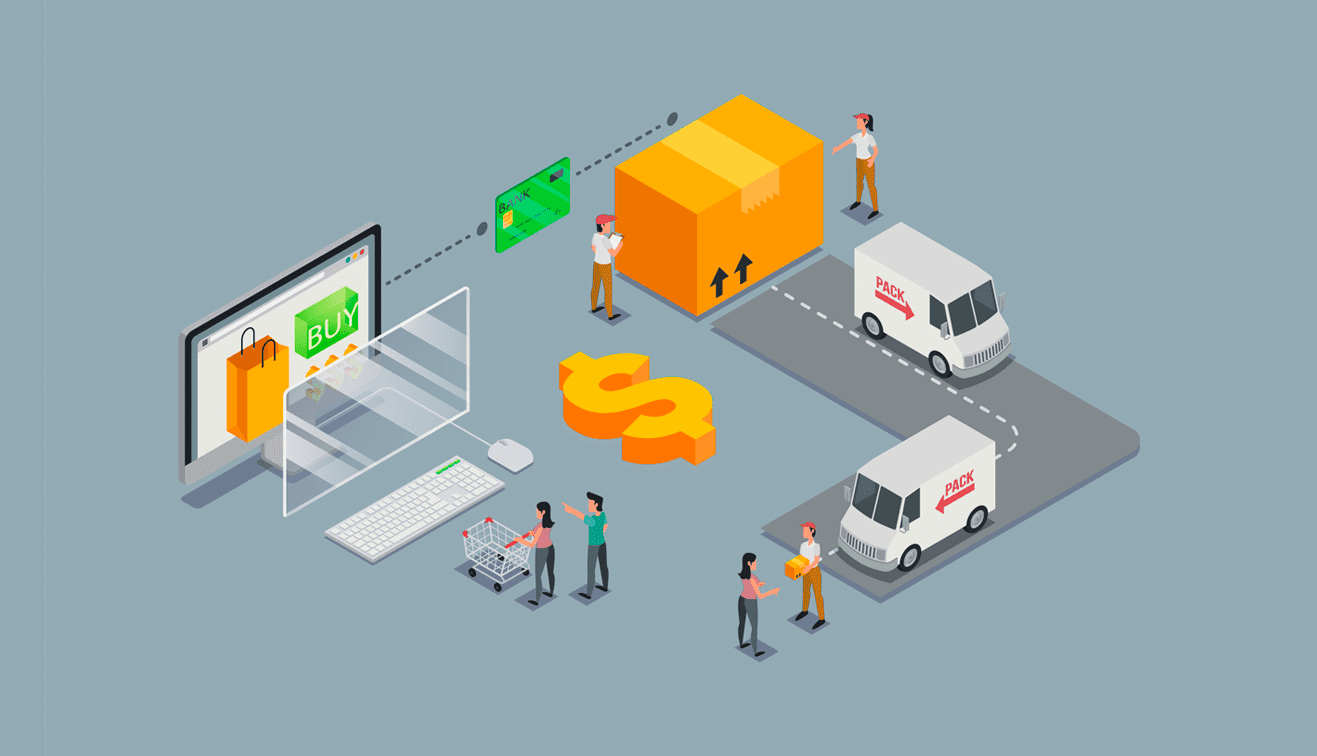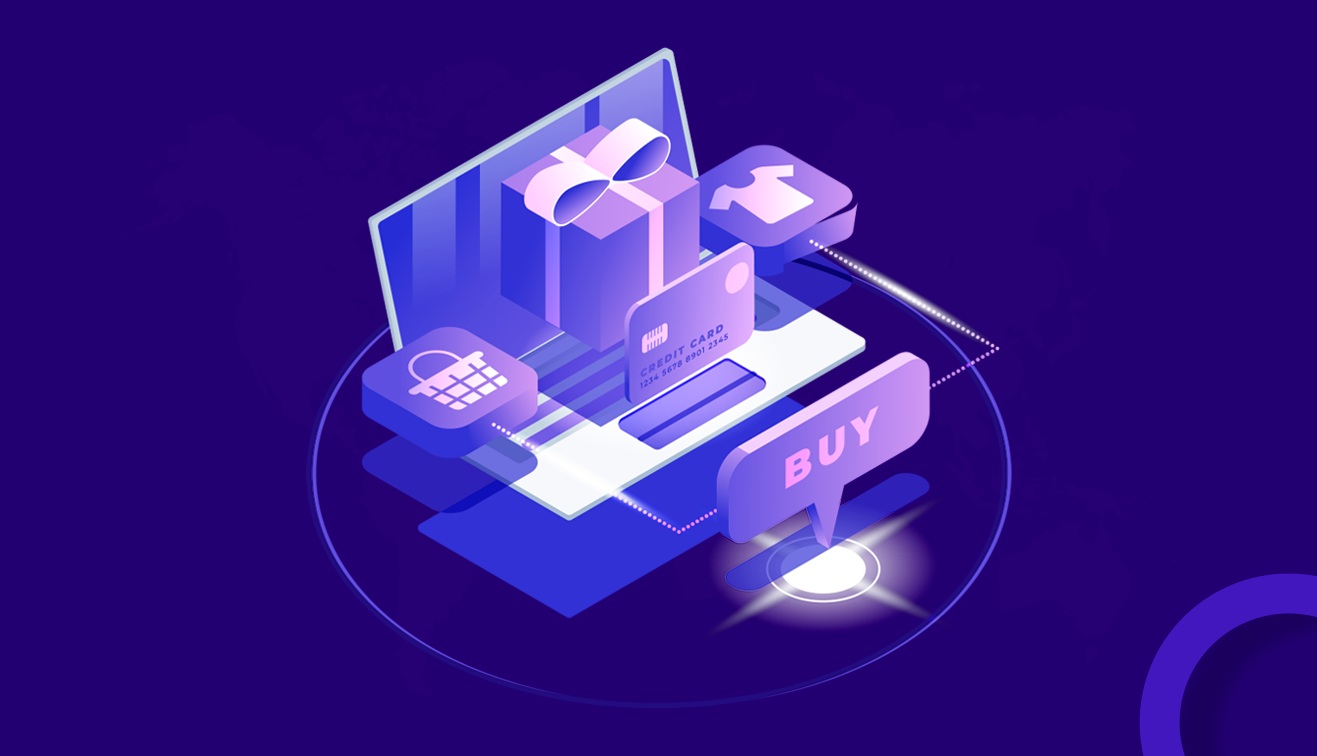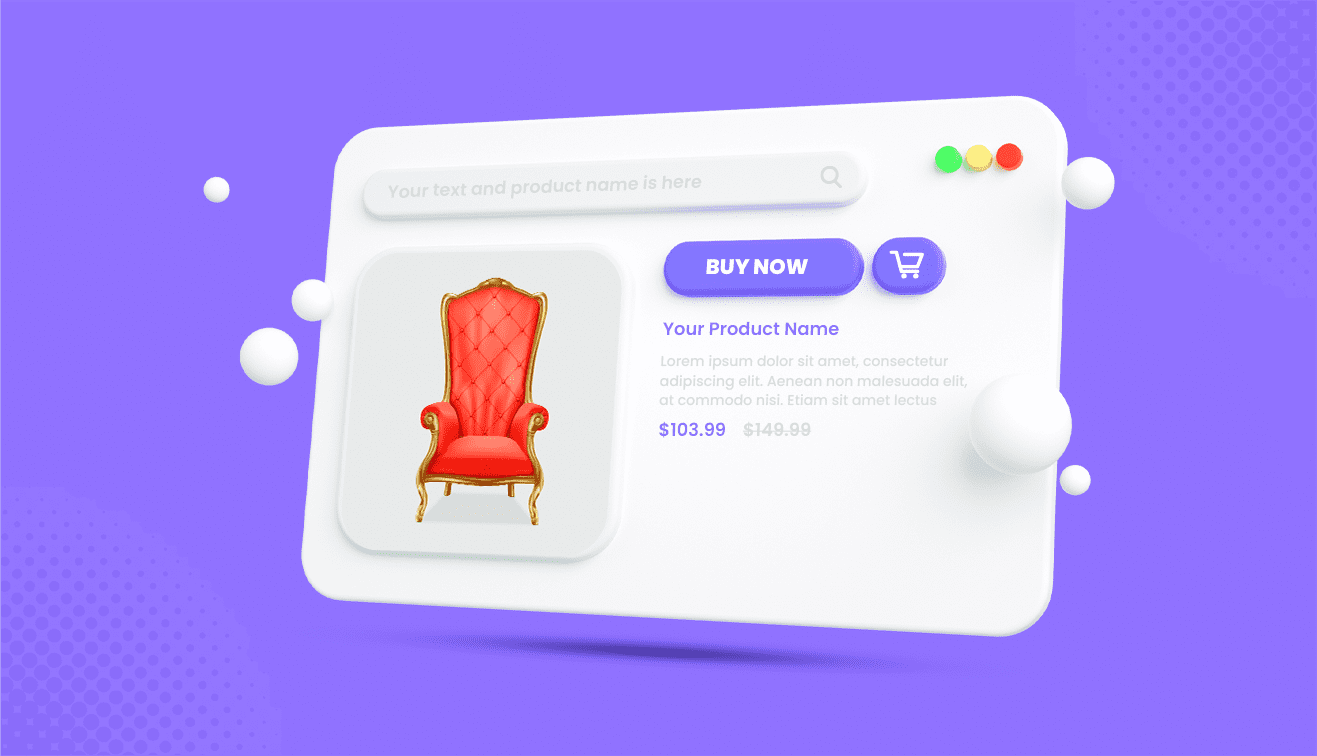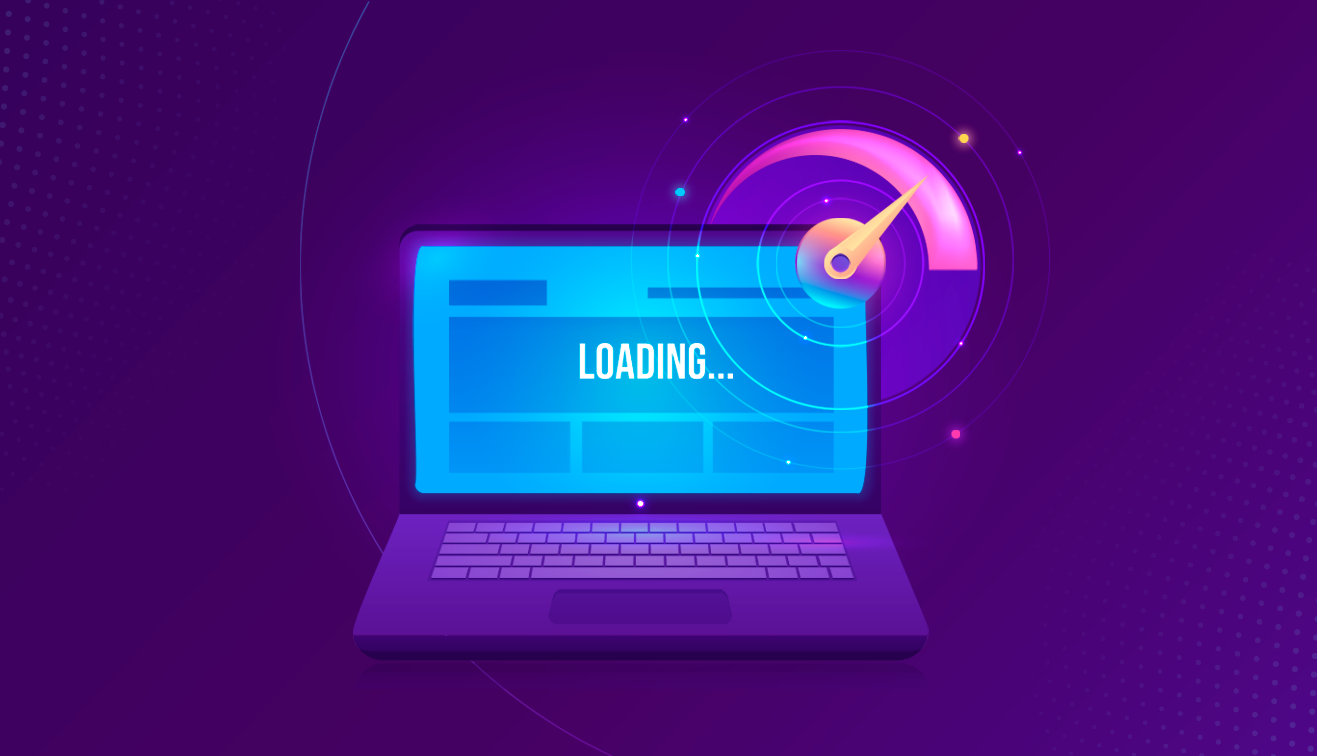The major concerns which bother us whenever we are on the surge to start an online marketplace are the costs! The initial cost of setting up everything from scratch, and the maintenance costs that would be incurred later. Apart from the cost of building the store, will there be any additional prices? And if yes, what and how much will be those?
The answer to all these questions lies in TCO. It stands for the Total Cost of Ownership. Let’s understand TCO in detail and see how you can drastically reduce the TCO with headless commerce for mid-market retailers.
Why does Total Cost of Ownership Matter?
What is the significance of TCO and why does TCO matter?
TCO plays a crucial role while you are planning to establish an online marketplace. This is because when you upgrade or select an eCommerce platform, the two main determining principles that are highly important are TCO and ROI.
The total cost of ownership (TCO) is a commercial assessment that helps circumscribe a product or system’s primary and secondary expenses. TCO includes both the purchase price and the cost of implementation. It covers the whole cost range over a considerably long period, usually 3–5 years.
Another significant factor is the return on investment (ROI), which is the profit and loss ratio expressed as a percentage rise or reduction in the initial investment value.
To make a choice, the TCO for each conceivable consideration, as well as the potential ROI, must be known. Future costs and rewards must be assessed over a longer time horizon, therefore examine the following scenarios:
- Maintain the current platform while adding new features from third-party suppliers.
- Create a solution based on open-source software.
- Internally, hire a team to develop a custom solution.
- Choose a well-known vendor and blend in with the crowd.
- Choose a small provider who will focus on your demands and fit with your company’s aims and ambitions.
The Approach to TCO Calculation
Although TCO itself is an integrated term, it is further included two types of expenses namely the Initial Expenses, called CapEx i.e., the Capital Expenditures and Ongoing Expenses, called OpEx i.e., the Operating Expenses. Estimating these two costs for a considerable amount of time is by far the best approach for TCO calculation. On average one can calculate the TCO for about 3-5 years to get a clear view of the future demands.
Here, the Initial Expenses might include
- Development expenses
- Plugins and apps expenses
- Integrations
- On-off fees.
Whereas, the Ongoing Expenses might include
- Infrastructural Expenses
- License fees
- Transactions
- Maintenance and Marketing fees, and any other unexpected expenses that might come in the future.
Key Considerations
TCO’s goal is to give a comprehensive picture of expenses, including those related to technology, processes, and people.
Given that the cost of an eCommerce platform is much more than simply the purchase price, meticulously gathering all of the project’s relevant and connected expenses is a solid technique for TCO estimates.
Some are usually ignored, yet they can make a significant difference between your alternatives.
Tangible costs:
- Software licensing costs
- Annual support fees
- Subscription fees
- Add-ons
- Integrations
- Migration
- Operating Costs
- Training
- Insurance
- Security
- IT staff
Intangible costs and benefits:
- Improvements inefficiency
- Improvements ineffectiveness
- Improvements in conversion rate, basket value, lifetime value, etc
- Increase in sales
- Reduction in stock
- Dropshipping
- Cost savings
- Strengthening customer loyalty
- Increasing brand recognition
- Relationship with supplier
TCO Breakdown
TCO refers to the asset’s purchase price and the surplus operating costs. It defines the intricacies of the product and helps you forecast future value propositions.
In other words, while looking for an eCommerce platform, there are hidden charges beneath the ticket price that you must consider. Even if the characteristics appear to be equal, choosing the lowest price might result in more expenditures down the line.
Money managers have discovered that supporting expenditures such as equipment and software may cost 5-8 times the initial purchase price of a company endeavor when examined closely.
Choosing the suitable platform for your eCommerce strategy and services is critical since it can either make or break your business game.
Initial Costs – BA or Audit, Architecture, and Design, Development
As discussed in the previous section, what types of expenses are included in the initial costs. Let’s look at each one individually.
Development
The development charges consist of 3 types of charges as mentioned below-
BA or Audit should be the first step in every eCommerce firm. If you’ve chosen one, you and your solution partner (if you’ve chosen one) should be aware of your present resources, their performance, and the processes in place. A third-party agency may be quite useful at this point since, as a business owner, you may find it difficult to gain a complete image of your company on your own.
If you have a complicated set of business processes that need to function together, architecture is crucial. This can be accounted for as part of the development expenses or as a separate service. When it comes to design, all eCommerce systems provide a variety of free themes. At least, in the beginning, don’t be scared to utilize them. If you decide to build a personalized design, weigh the expenses against your profit margins and objectives. You can buy themes or engage an outside designer to create an image from scratch, but both options are expensive.
Not every platform necessitates the use of a development team. Closed-source SaaS systems, such as Shopify, usually don’t need any development. There will be a fee to hire a solution partner with open-source systems like Magento. The cost of development will be determined in large part by the platform, country, urgency, and level of expertise of the chosen partner.
Integrations
Integrations will be necessary if you need to connect your eCommerce website to ERP, CRM, PIM, WMS (Warehouse Management System), or other systems. There will be a cost for developers whether they utilize open-source platforms or closed-source platforms.
Integration is usually done during the development stage and comes at a cost, though it is also done subsequently. The cost of integration is determined by the number of systems to be integrated, the complexity of individual systems, and the overall architecture’s complexity.
Extensions (Modules) or Apps
Each eCommerce platform has its unique set of capabilities. You’ll most likely utilize extensions (also known as “modules”) or applications to add features. You should be aware of the various price schemes used by these applications, such as on-time payment, monthly charge, transaction fee, and so on. Some Shopify applications, for example, will be affordable at first but will increase in price as your business grows. This is an excellent illustration of the significance of TCO.
Consider the functionality you’ll require and what will be handled by extensions. Next, consider your app’s growth objectives and expenditures. These fees may have an influence on your final selection and may cause you to alter your mind about one e-commerce platform in favor of another.
One Time Setup Fees
The final consideration is one-time setup fees. You may need to buy and install a server, register a domain name, link your website with other systems, launch marketing campaigns, create emails and promotions, and so on. Combine all the requirements and estimate the expenditures ahead of time.
Choosing the winning ‘horse,’ or in this case, the finest e-commerce solution will save you customers, money, time, a big headache, and maybe even financial disaster, all while providing you peace of mind and a balanced ledger.
Isn’t it preferable to do some study and spend your money properly to win the reward after the race? In a nutshell, you need easy, adaptable, and powerful solutions that translate to better commerce for you, your team, and your consumers, resulting in long-term success.
Ongoing (OPEX) Costs – License, Infrastructure(domain, hosting, security)
The various sorts of costs that fall under OpEx, or Ongoing Expenses, are listed below-
Transaction Fees
Another less visible item to consider when determining the total cost of ownership is transaction fees. Some eCommerce systems may charge for each transaction as part of the license agreement. This implies you’ll split the profits with the eCommerce platform’s proprietors.
The risk of this fee is that you will have to pay it regardless of your income. Which might have an impact on your TCO in the long run. On the other hand, open-source systems, such as Magento, do not levy such fees, making them considerably more cost-effective and appealing. Additionally, payment gateways and third-party payment vendors like PayPal or Stripe may charge transaction fees. Since it is incurred at the gateway, the cost would apply to any eCommerce platform.
Maintenance and Continuous Delivery
The infrastructure of your website must be kept up to date. These upgrades should only be carried out by skilled developers in the case of open-source systems. It will be done in the background using SaaS solutions.
You’ll also have to deal with any bug patches or small functionality issues that arise. SaaS eCommerce platforms will assist you directly, and you will not be charged extra for their assistance. That assistance is not reactive, and it may not be useful if your eCommerce system is sophisticated. Open-source solutions don’t come with maintenance built-in, so you’ll have to pay for it separately. Examine the assistance packages offered by various agencies to figure out how much they will cost. Monthly support packages typically vary from 20 to 200 hours.
Everyone wants their storehouse to grow and evolve to meet consumers’ demands efficiently. To achieve this, you should keep inculcating new features and enhancing the existing ones frequently. Support packages generally incorporate these efforts. The most crucial step is to have a clear expansion strategy. Make the most of your investment.
Marketing Costs
Marketing expenditures are ultimately determined by budgeting. The range of these expenses is also determined by your approach and available options. Remember that the launch of the eCommerce website is only the beginning when estimating marketing expenditures. Seasonal and year-to-year variations in e-commerce are possible. Christmas and Black Friday are primarily worldwide events, but localized celebrations may provide valuable sales and marketing possibilities. Do your homework ahead of time and plan your marketing budget carefully.
Unexpected Costs -Team and Business Maintenance
Unexpected expenses are exactly that, and they are difficult to calculate. The recommended approach is to budget for an extra 10% to 20% in case of unanticipated difficulties or additional expenses. On purpose, we did not include these expenditures in any category. The issue of forming a specialized eCommerce team and overall business personnel for the fulfillment, among other things, is complex and requires further investigation.

.png)
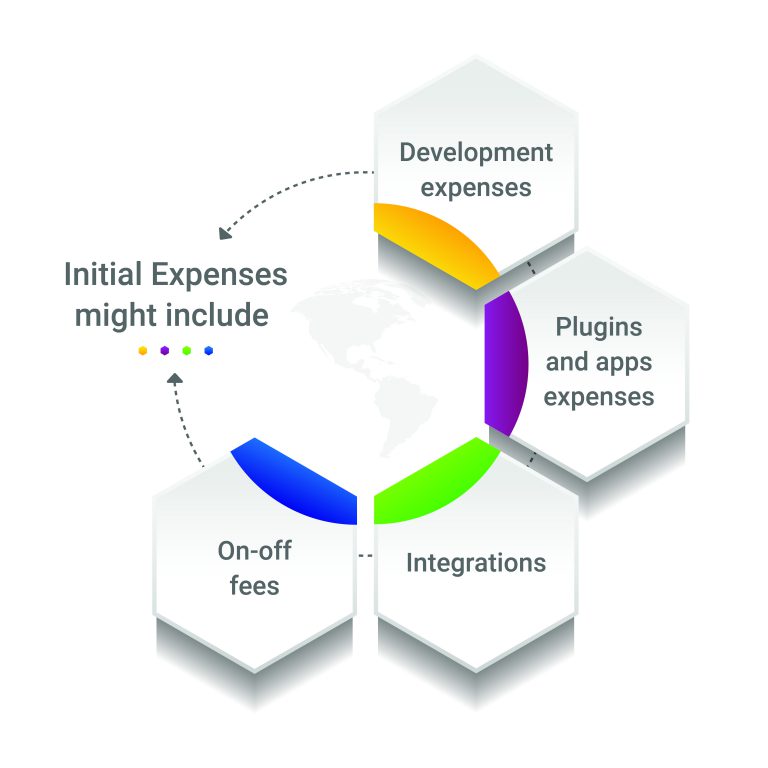
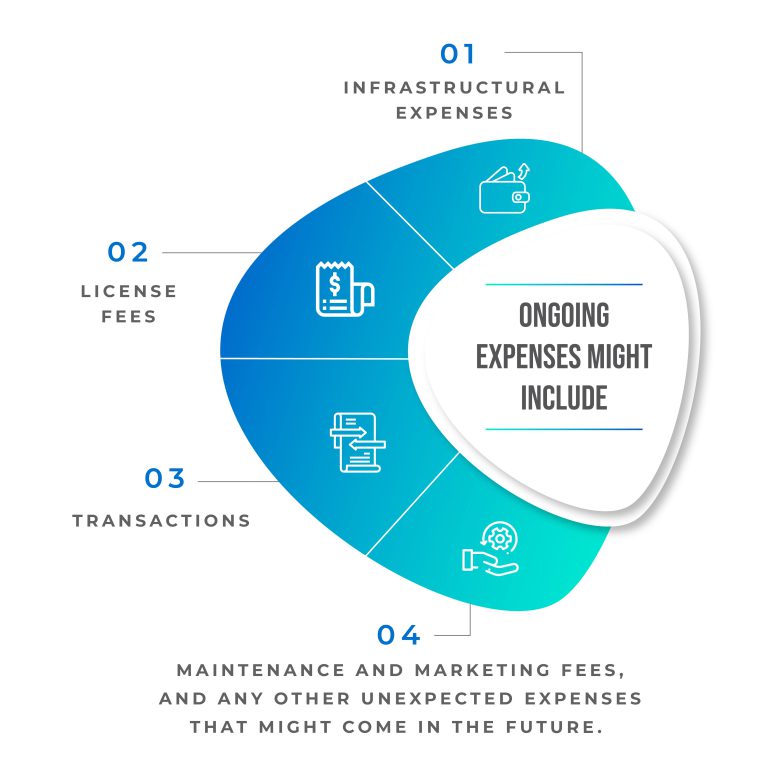
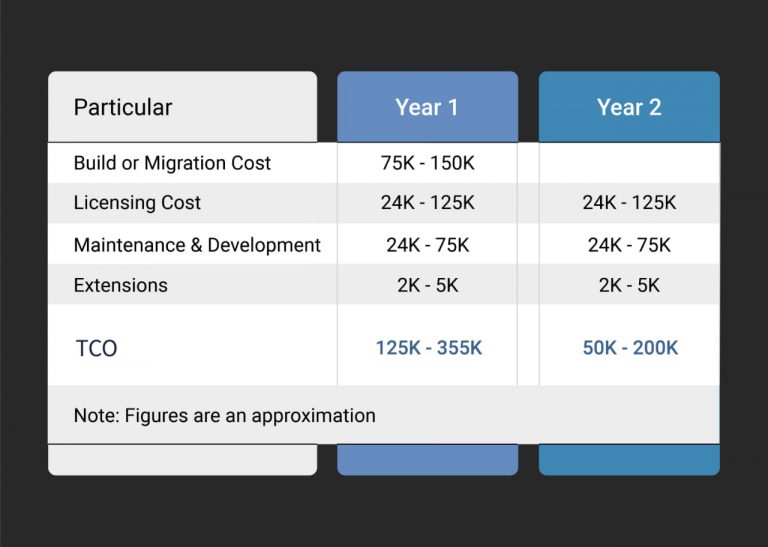


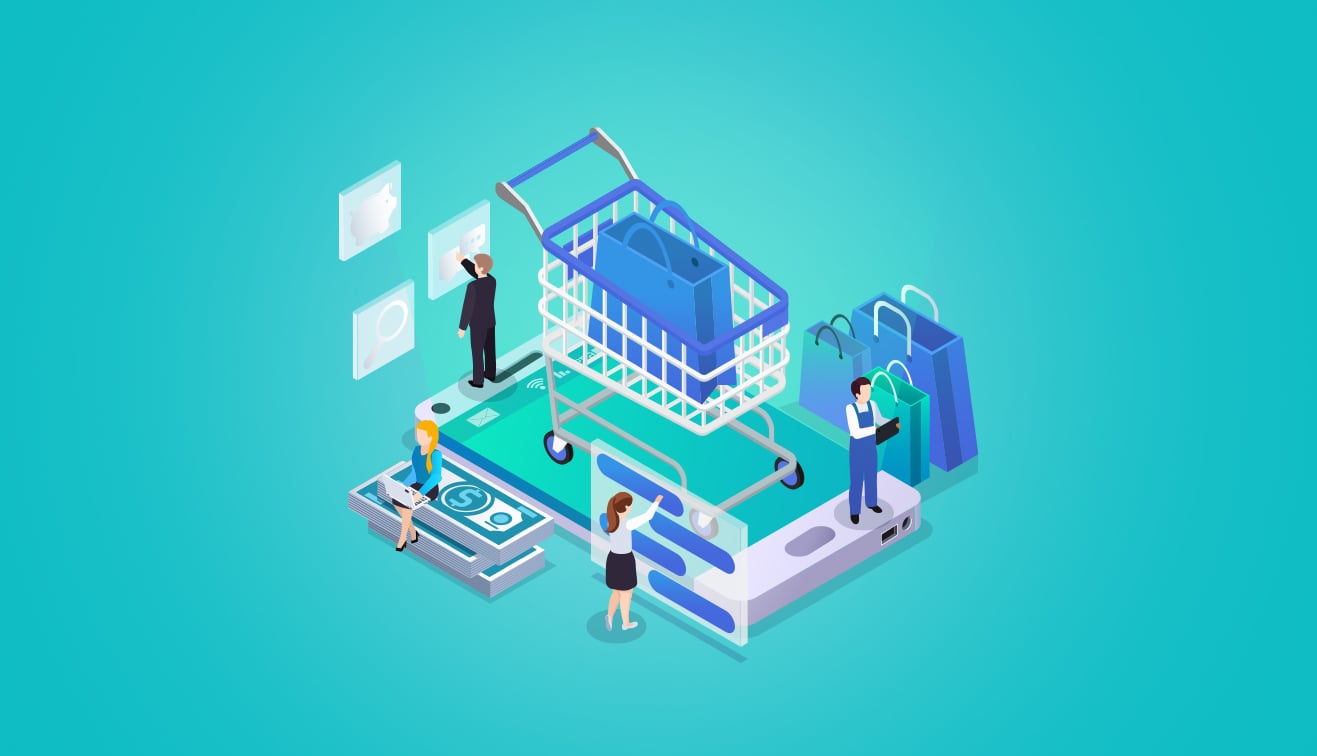

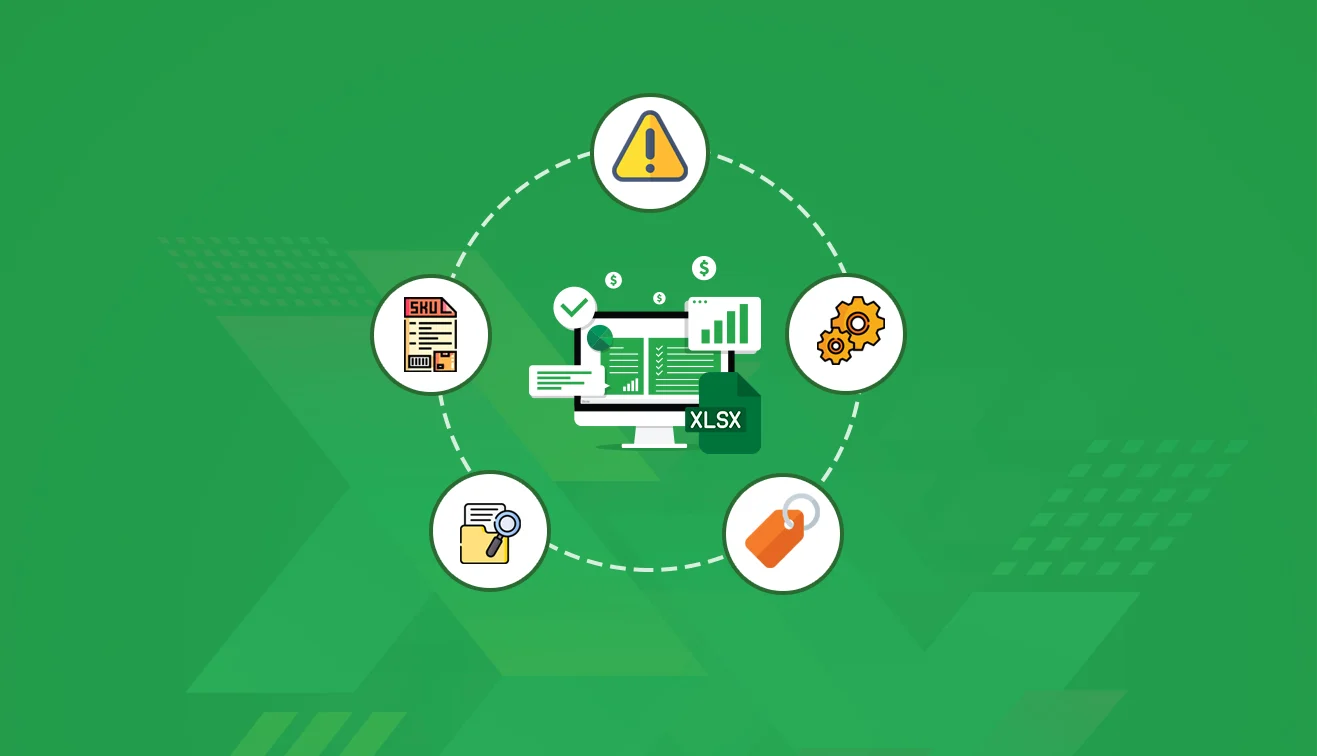
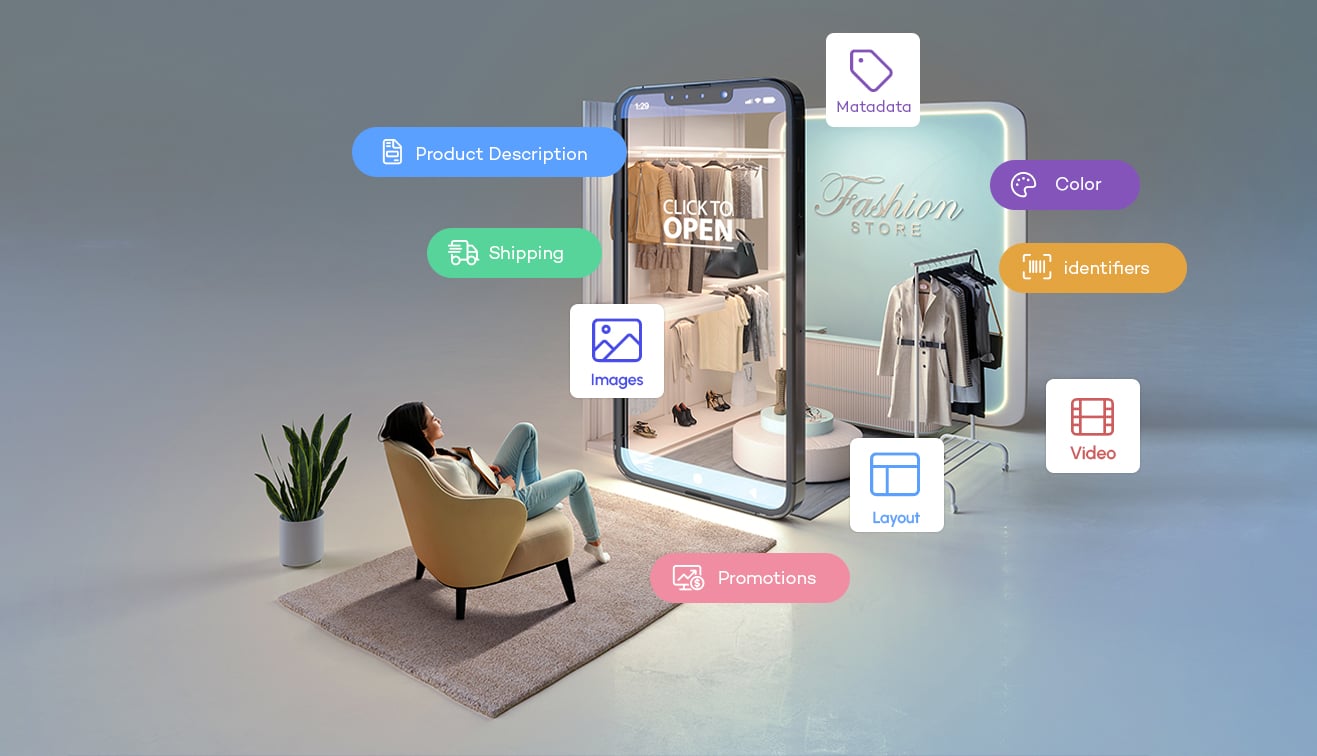
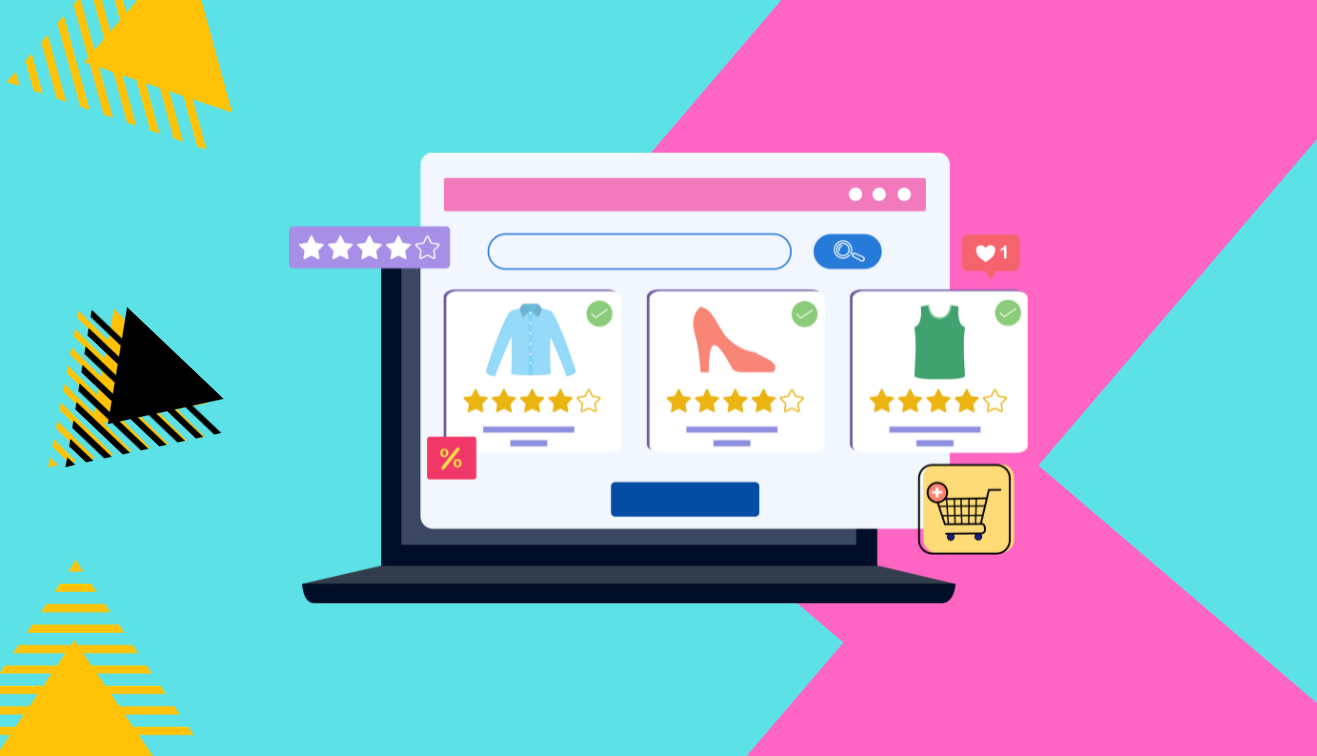
.jpg?w=3840&q=75)
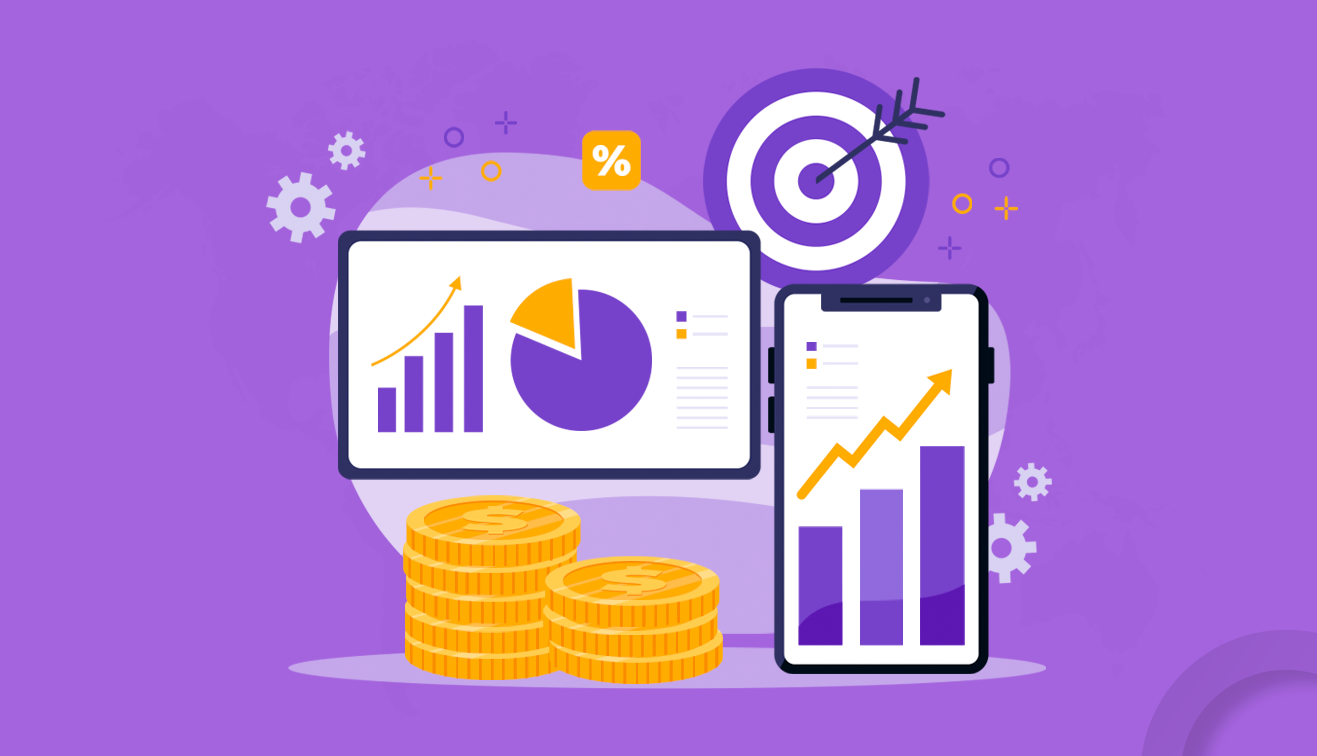
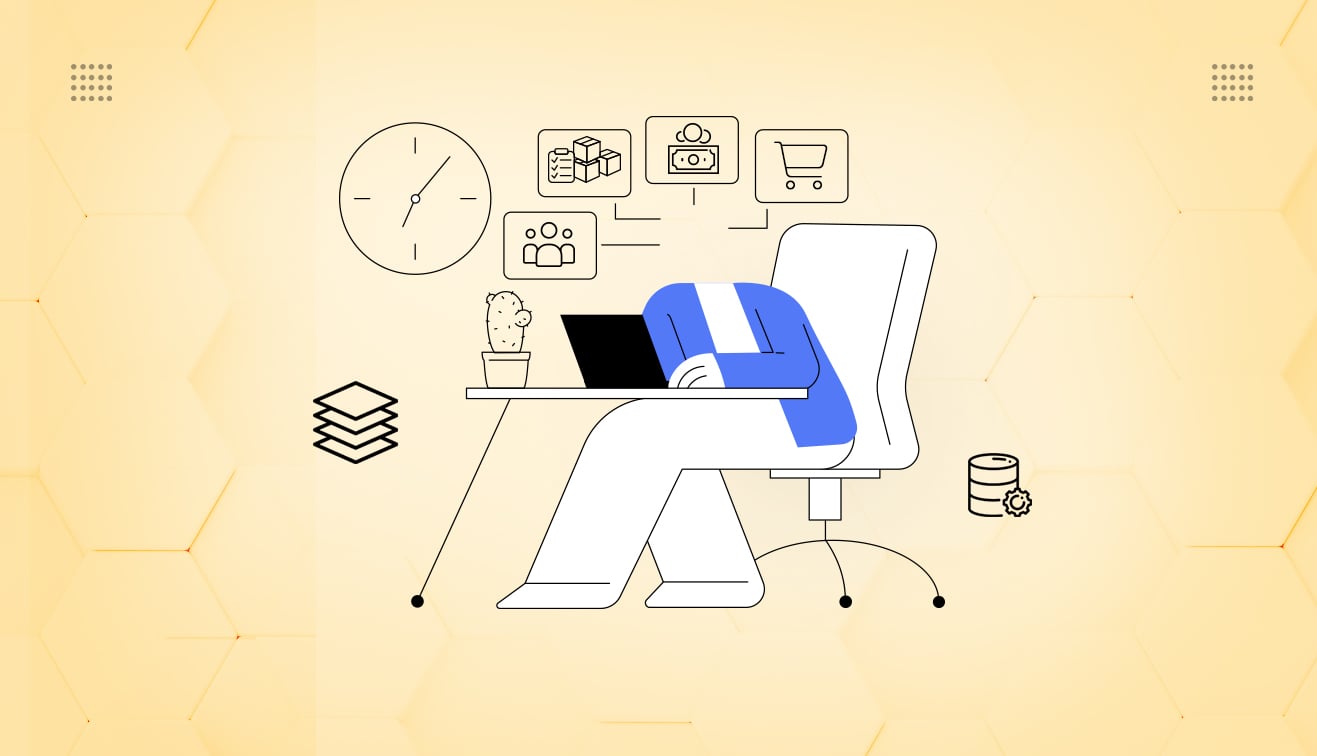


.png?w=3840&q=75)
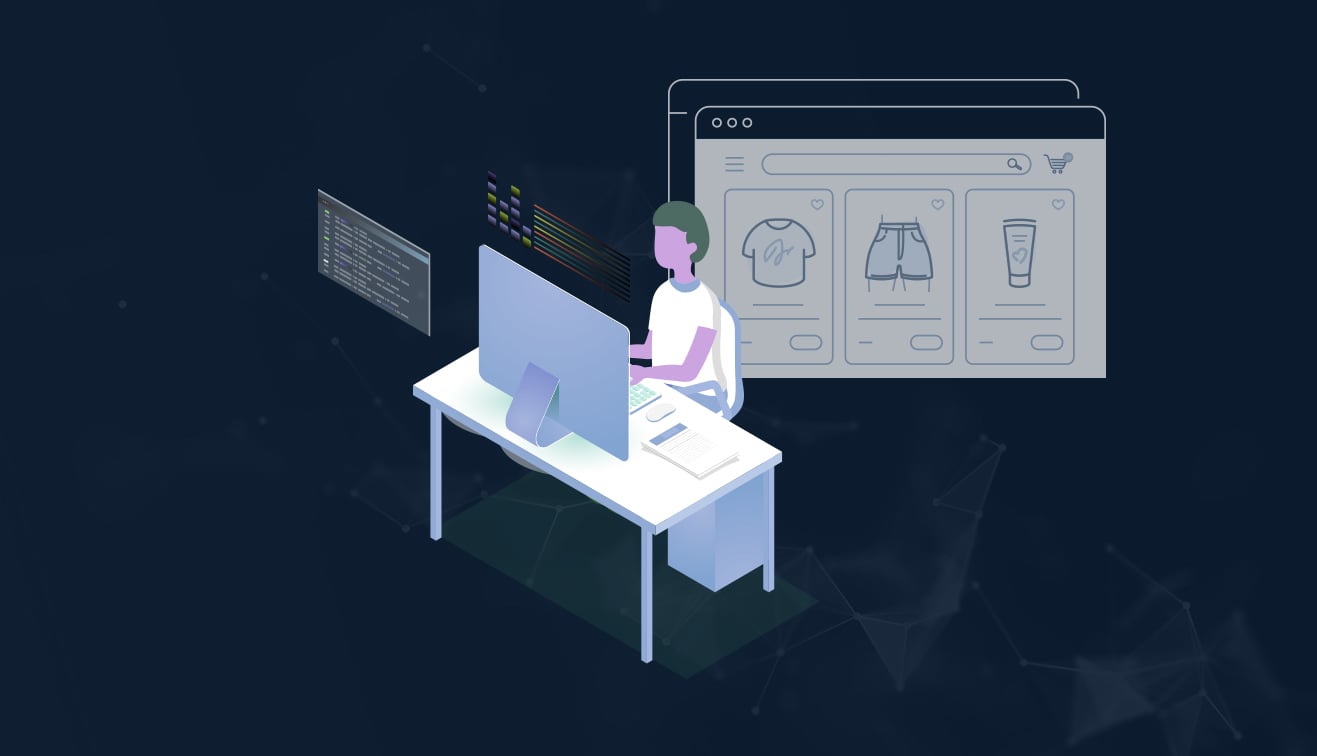



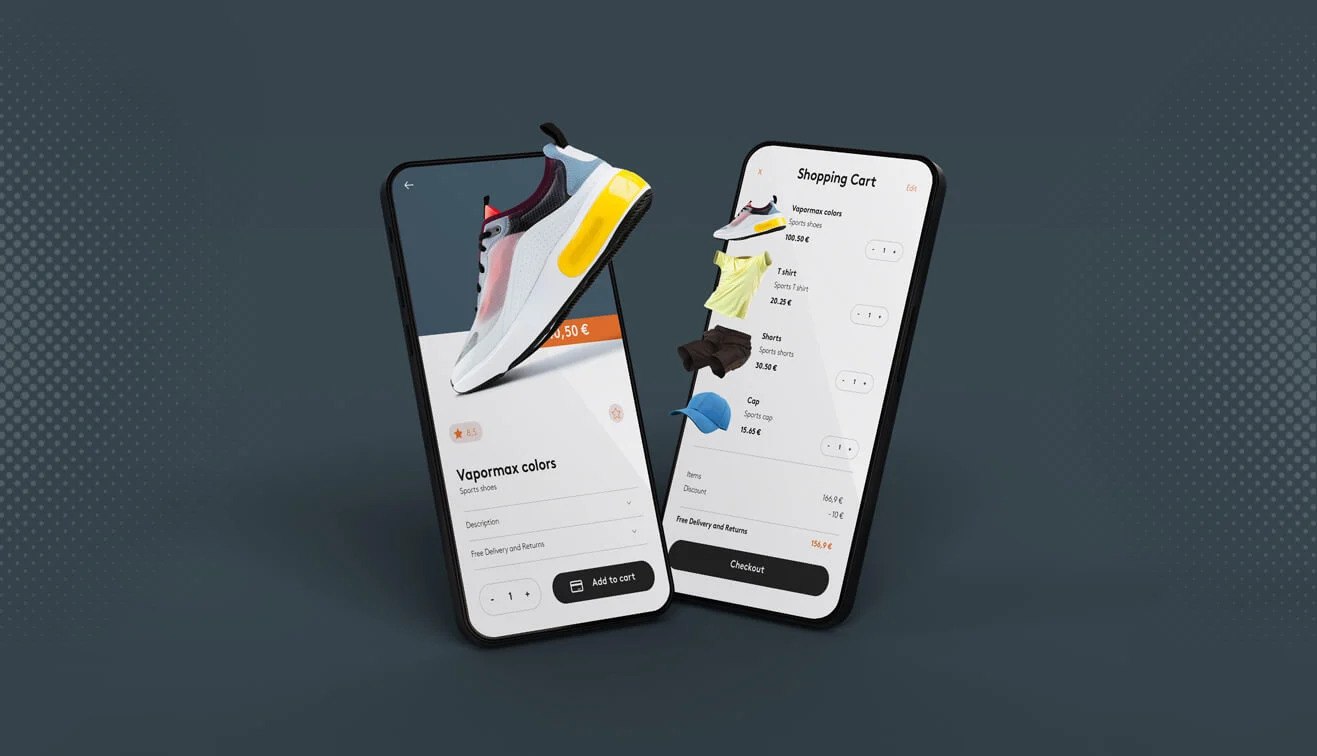
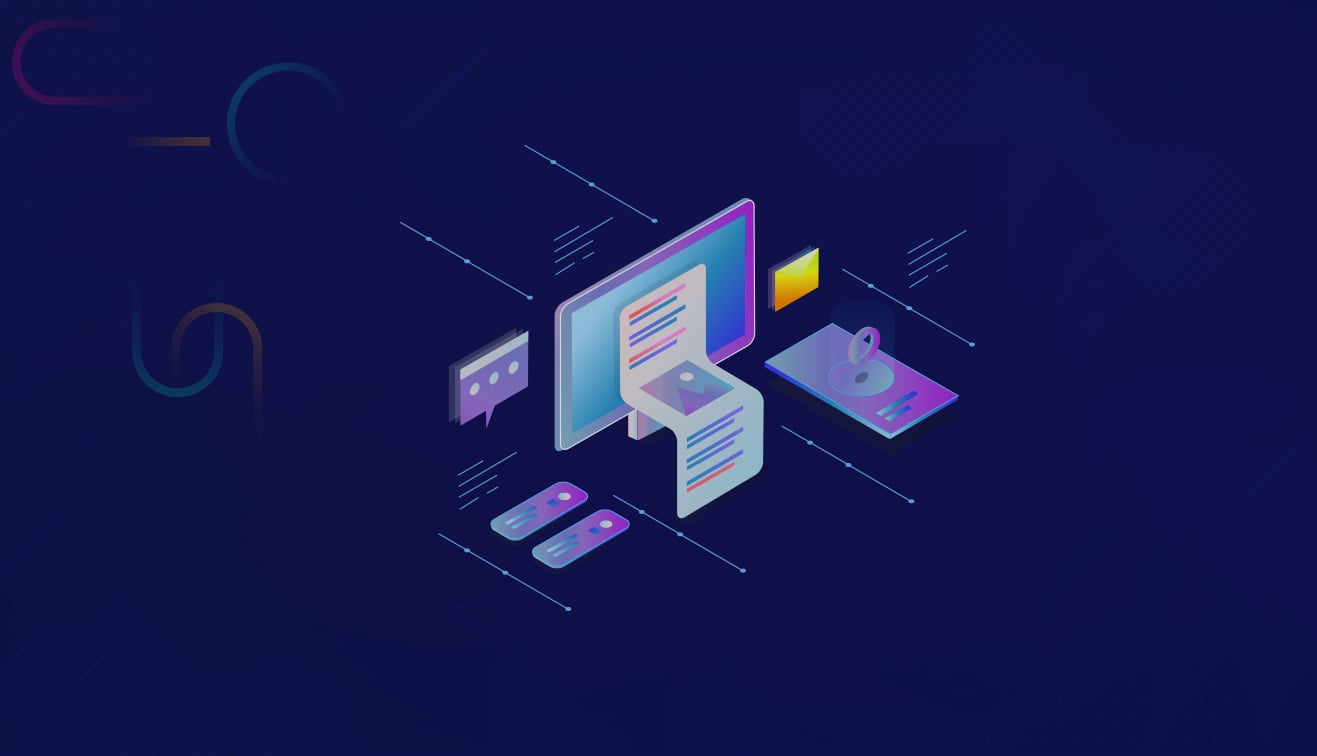



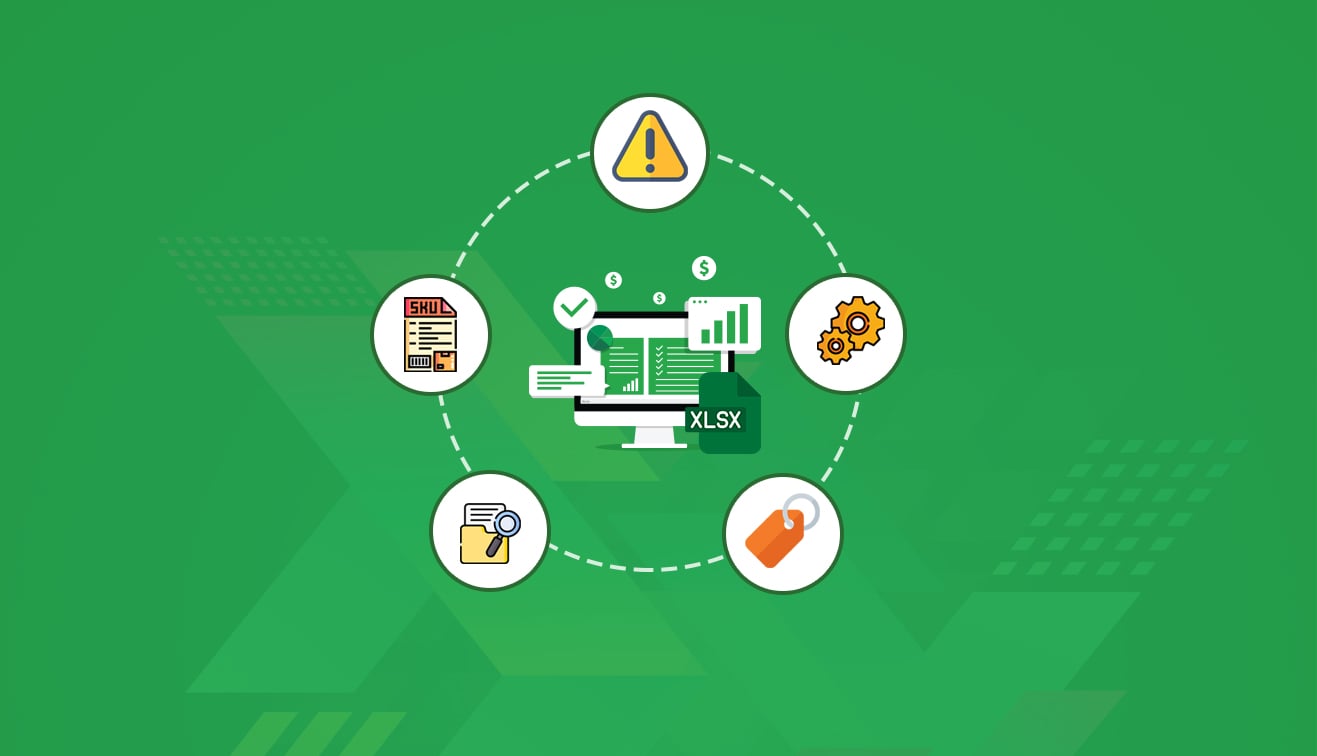
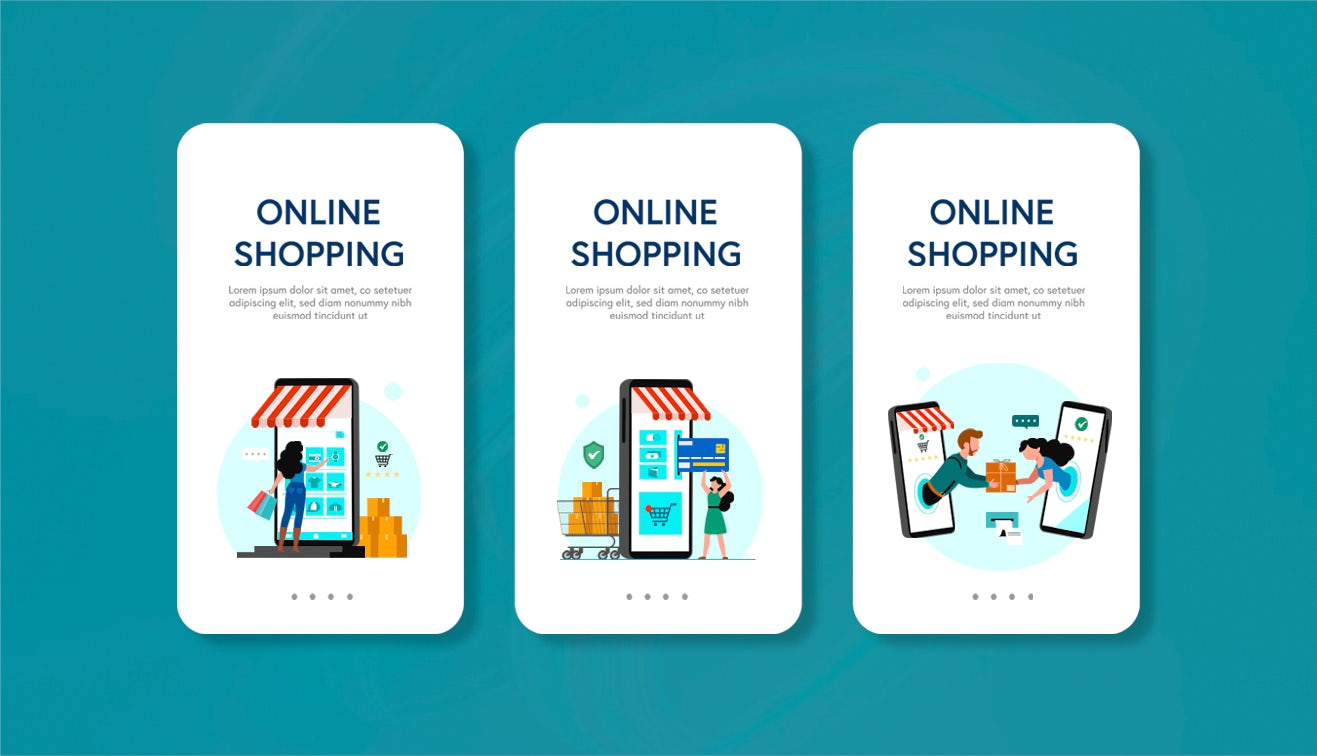

.jpg?w=3840&q=75)


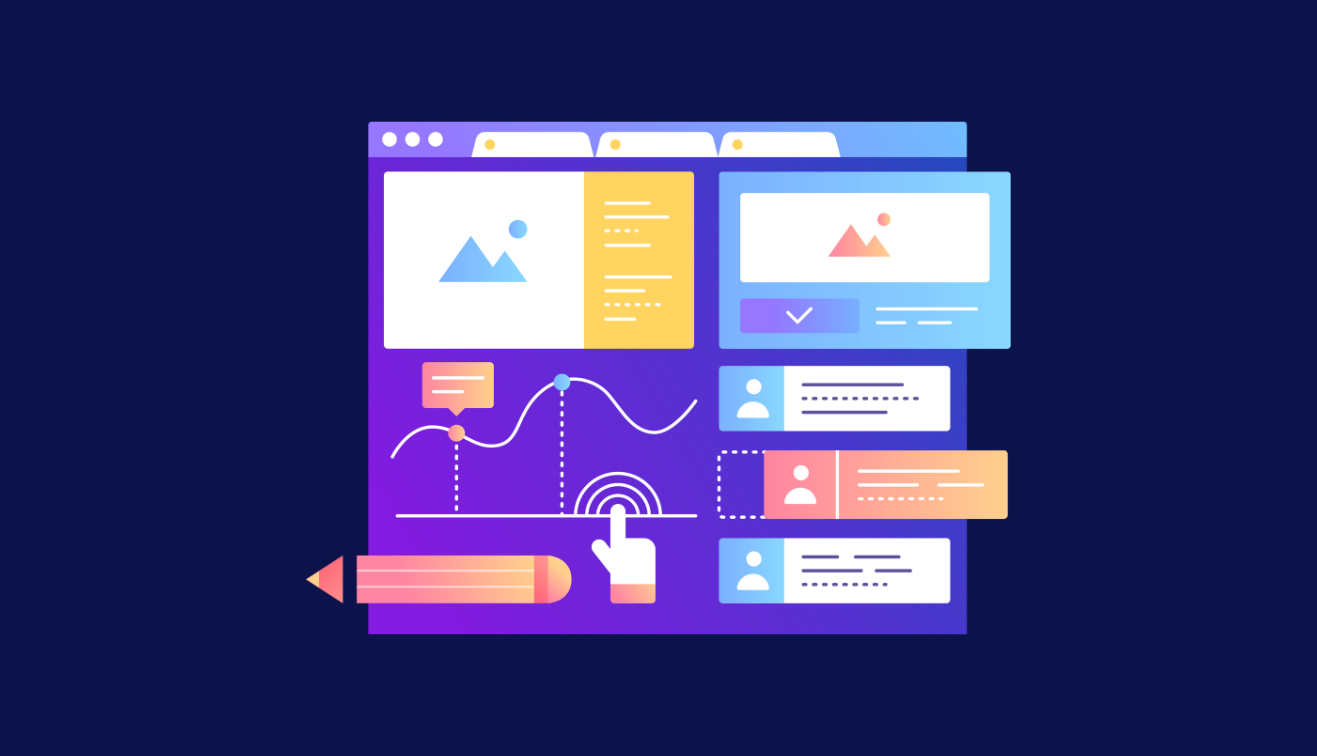

.jpg?w=3840&q=75)
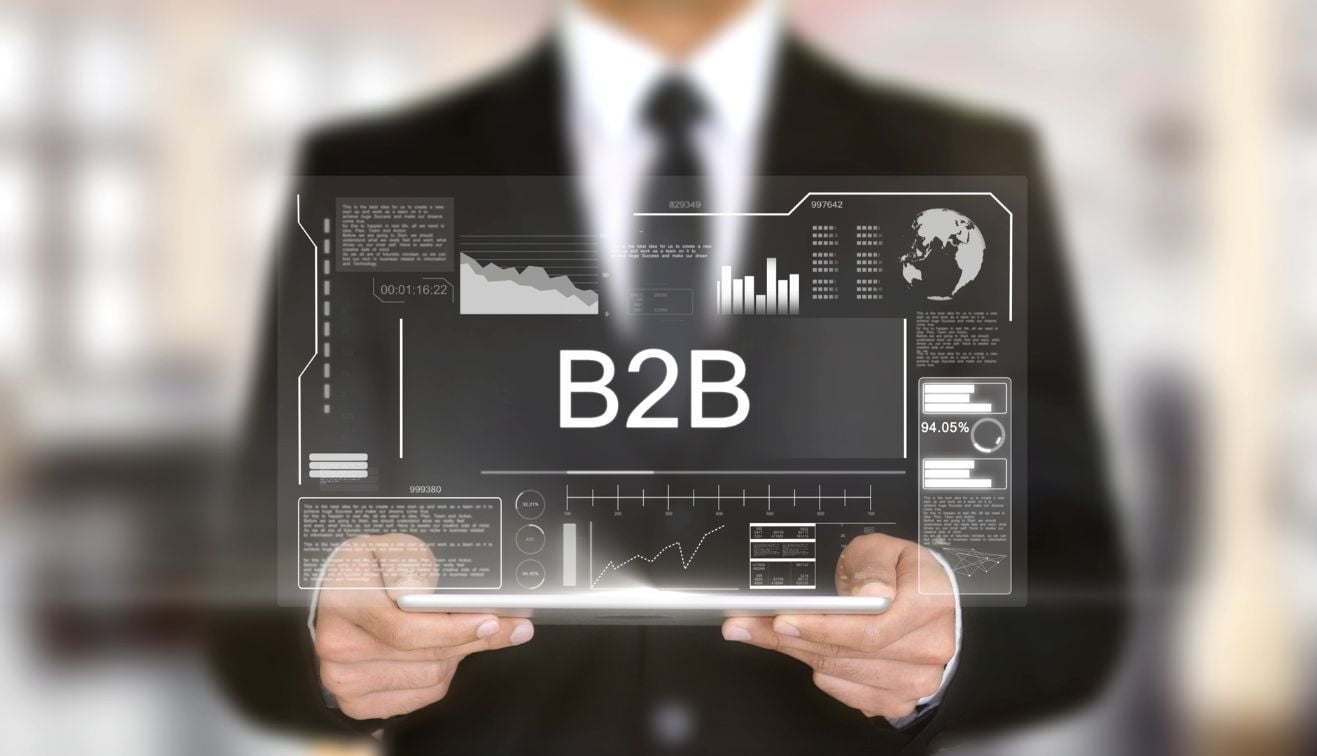

.png?w=3840&q=75)

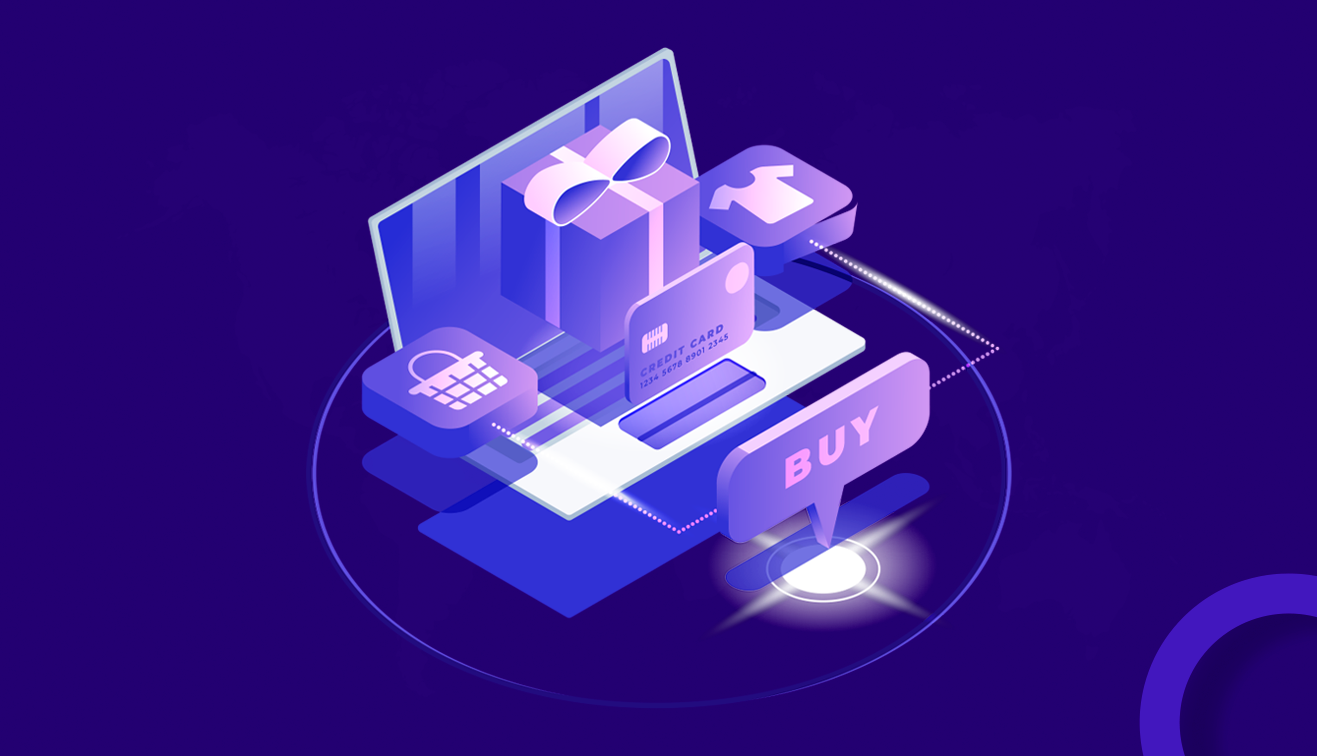

.png?w=3840&q=75)

.jpg?w=3840&q=75)






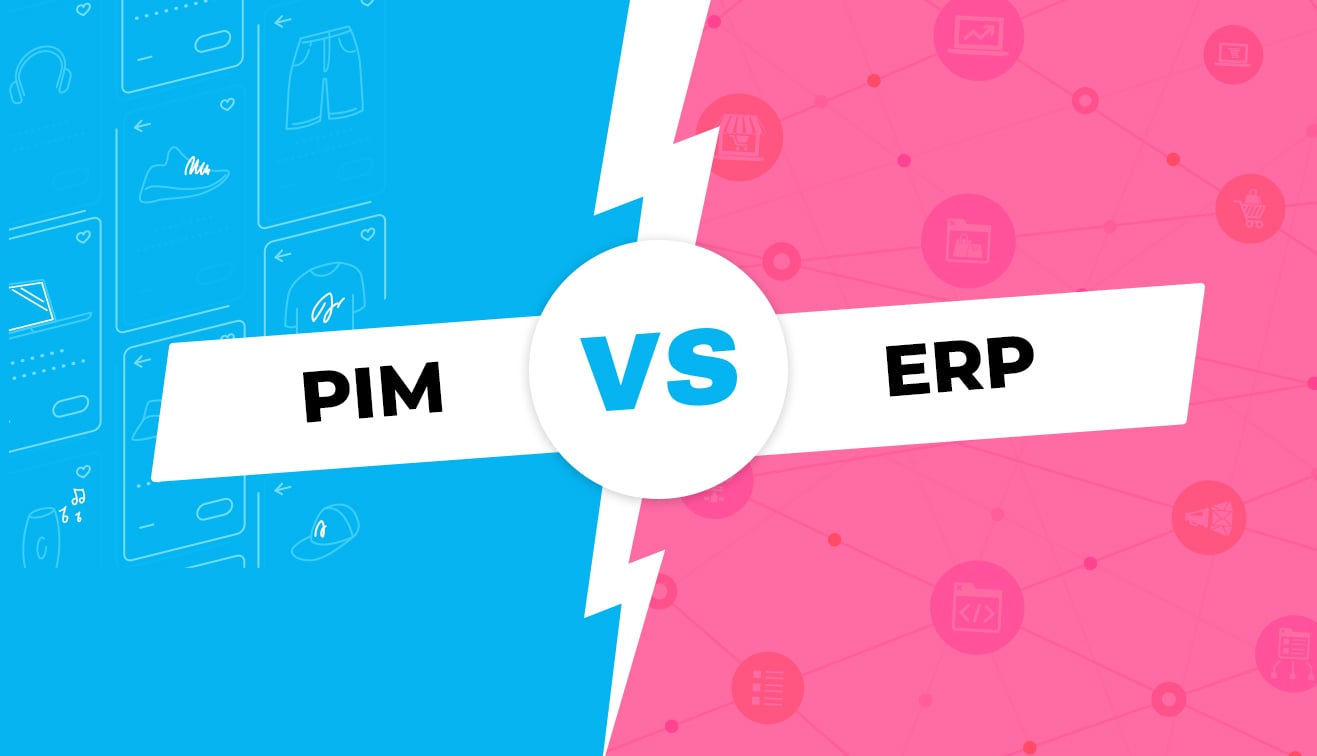


 copy.png?w=3840&q=75)
.png?w=3840&q=75)
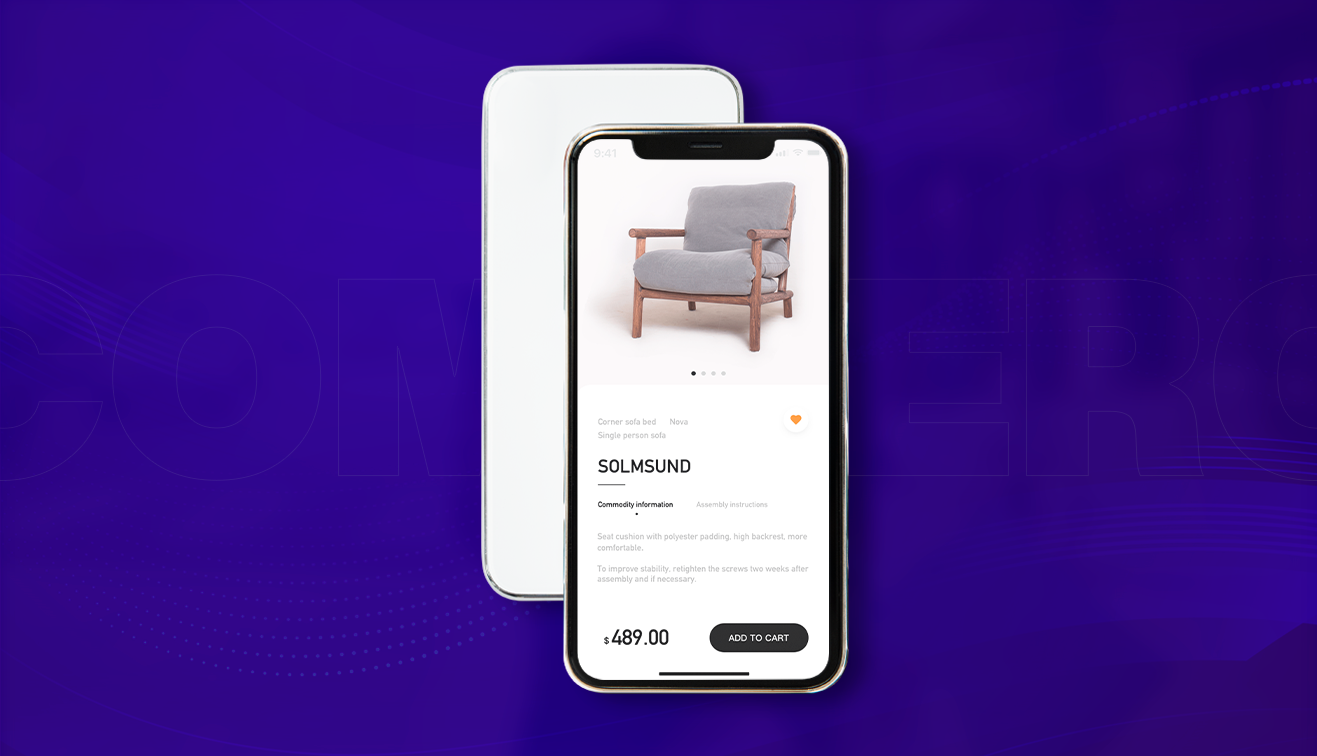
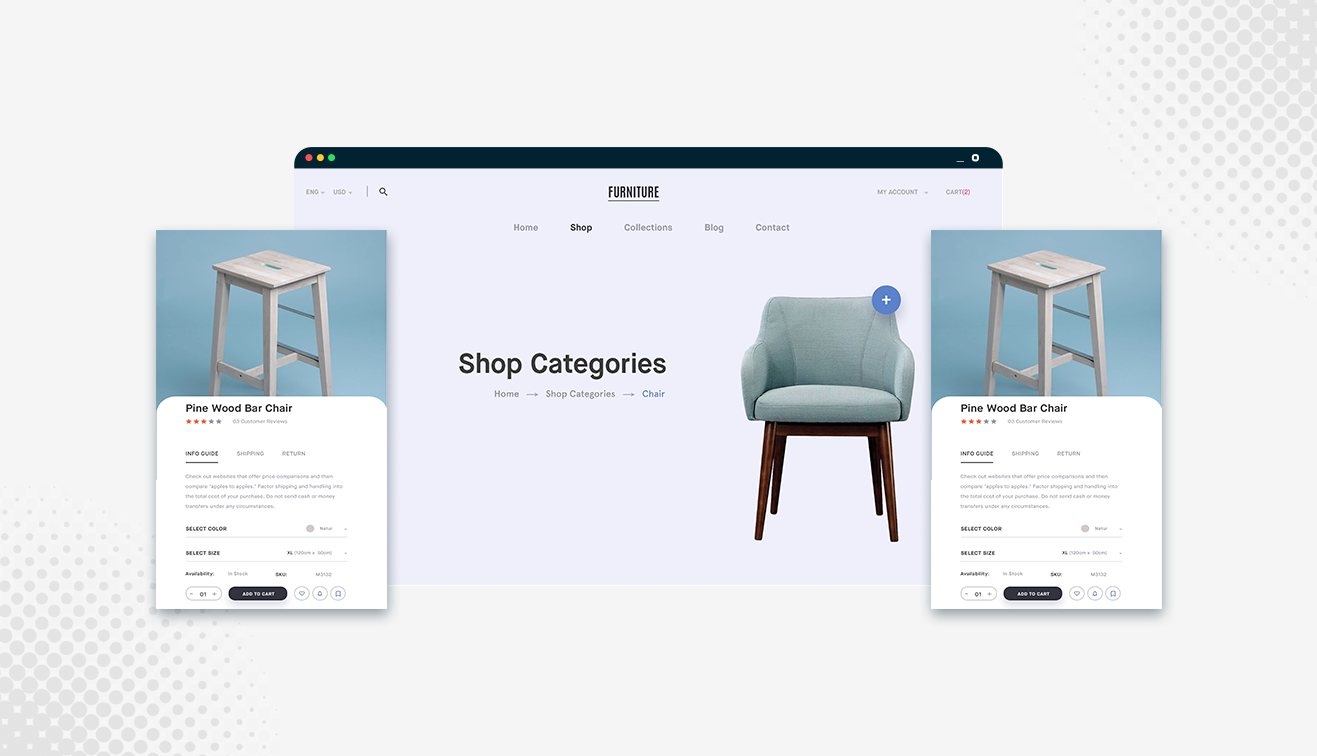


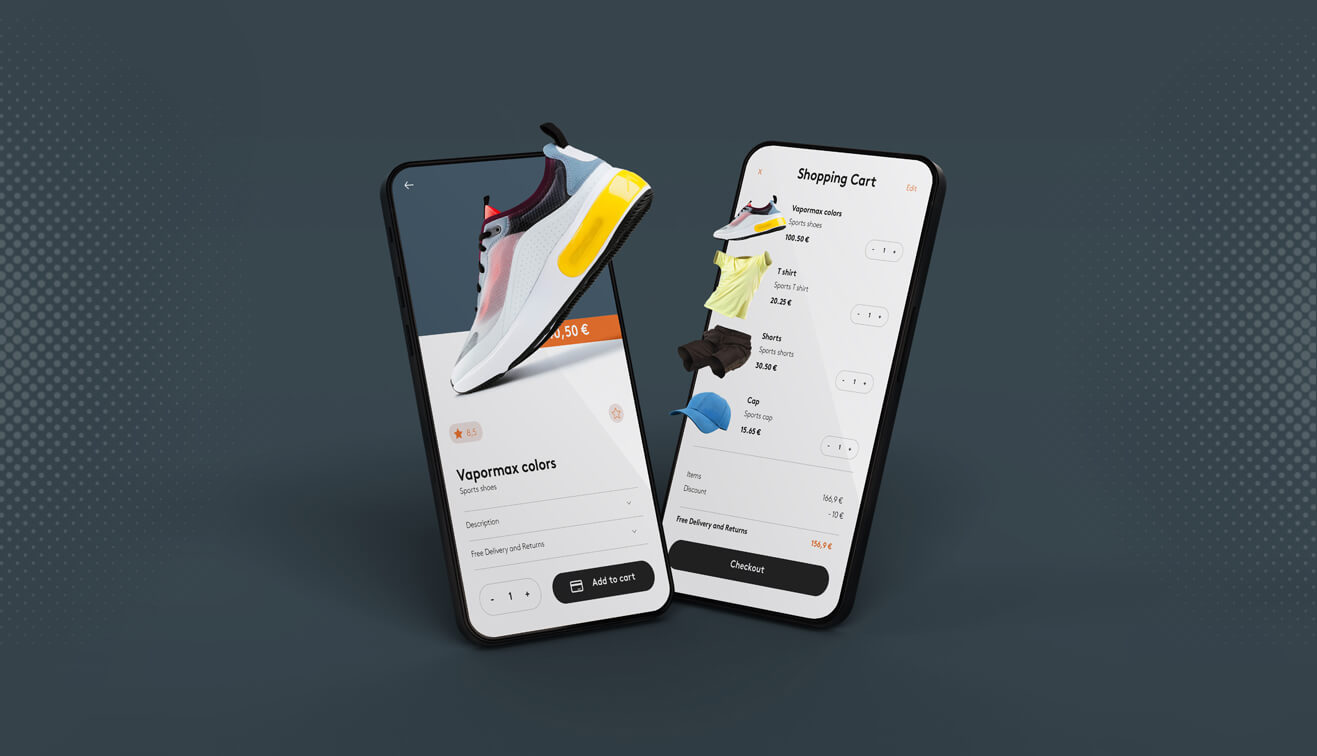
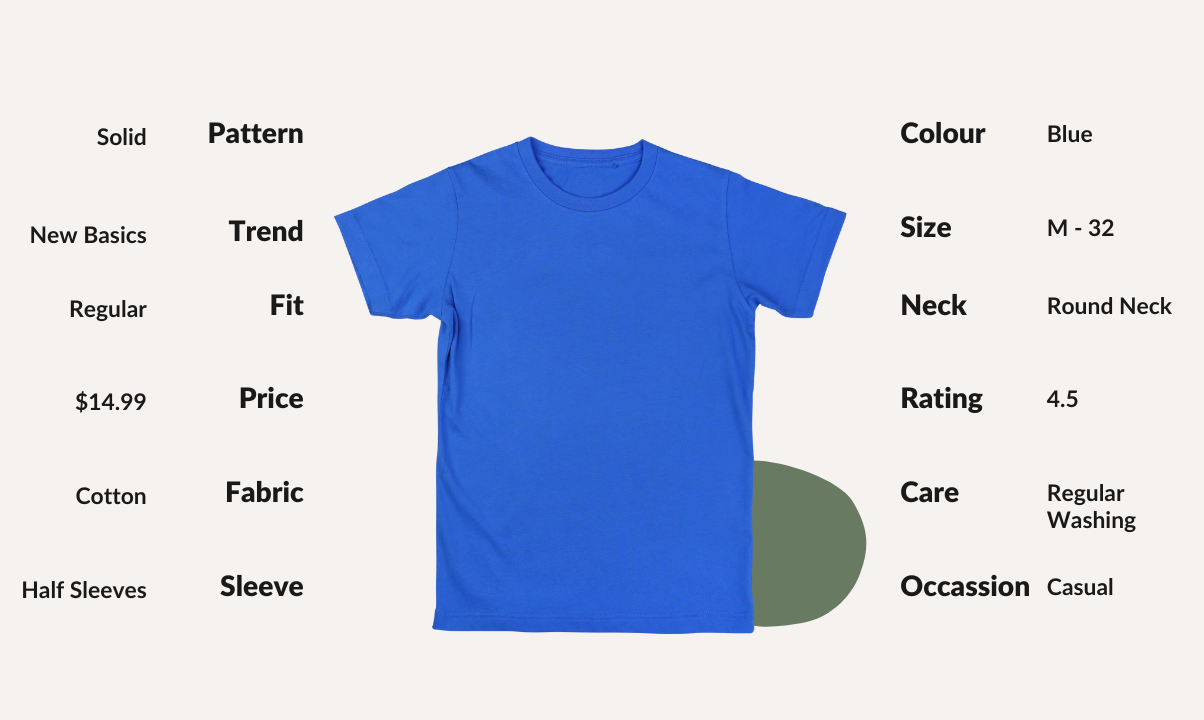


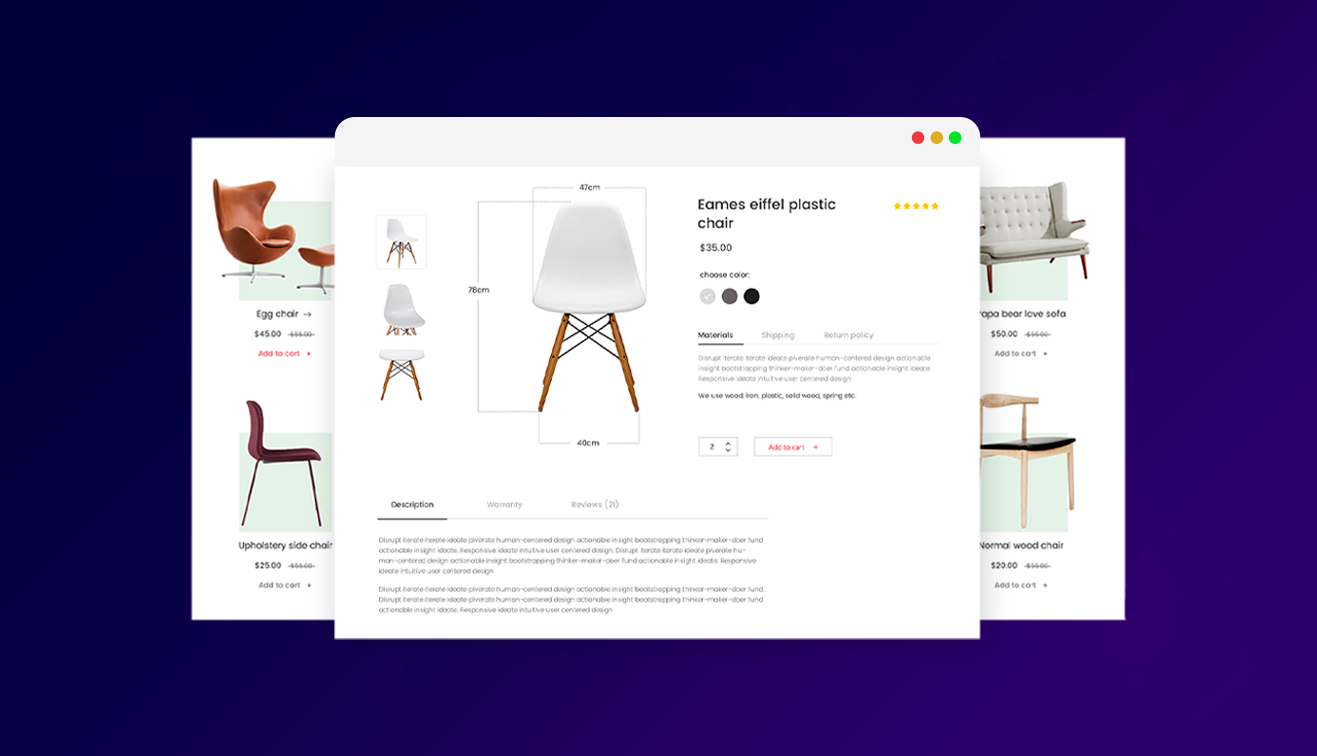
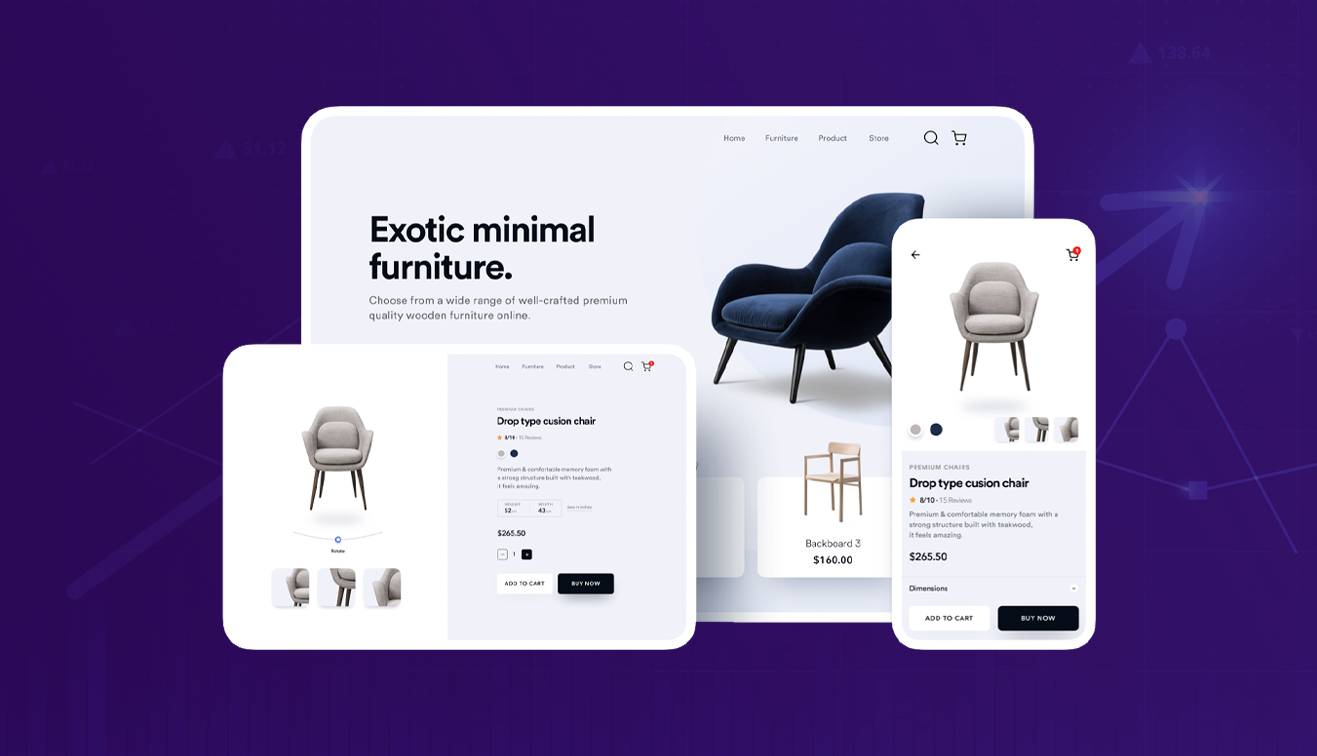


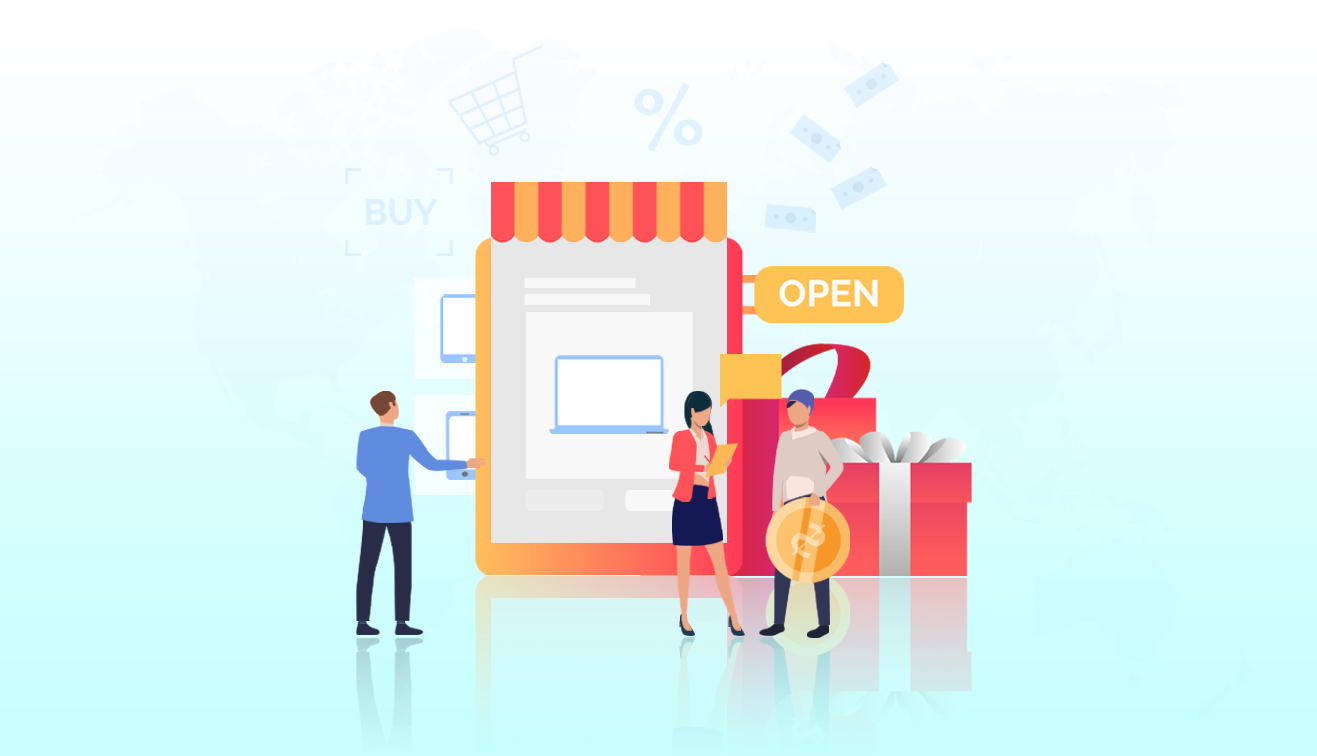






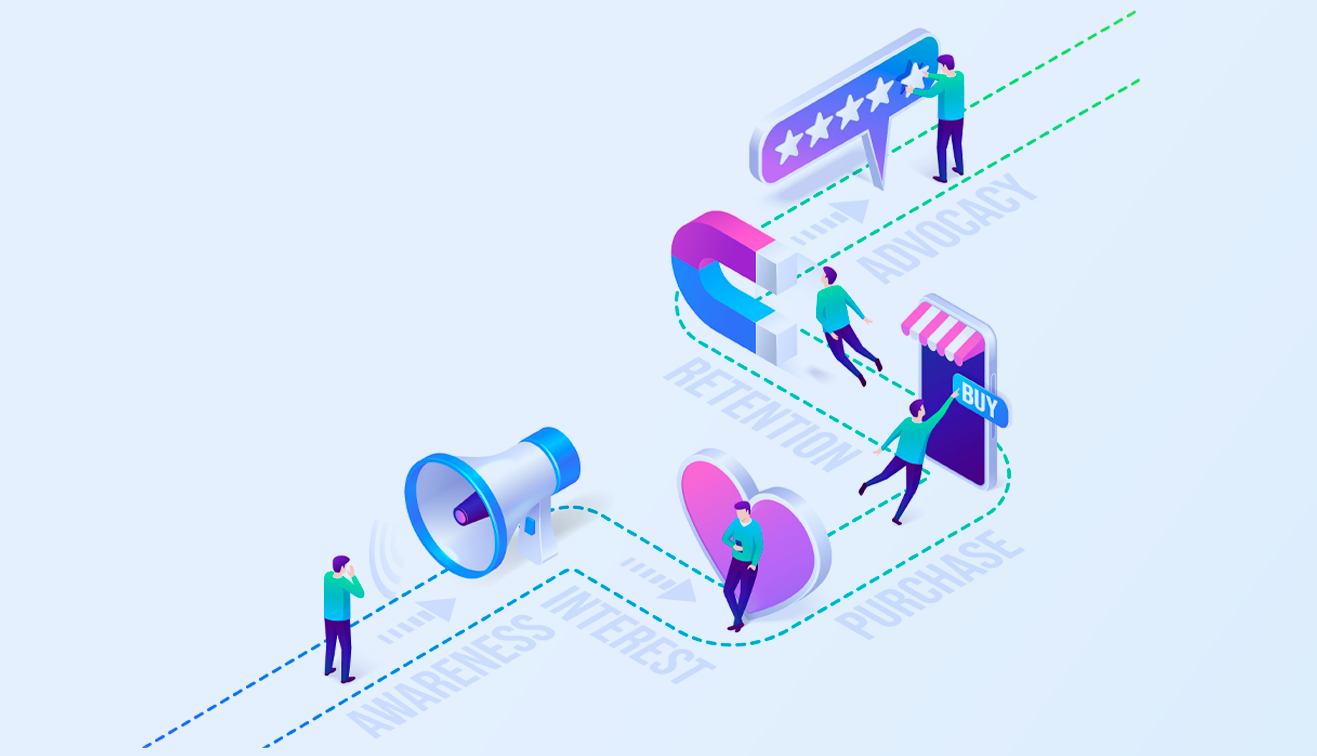

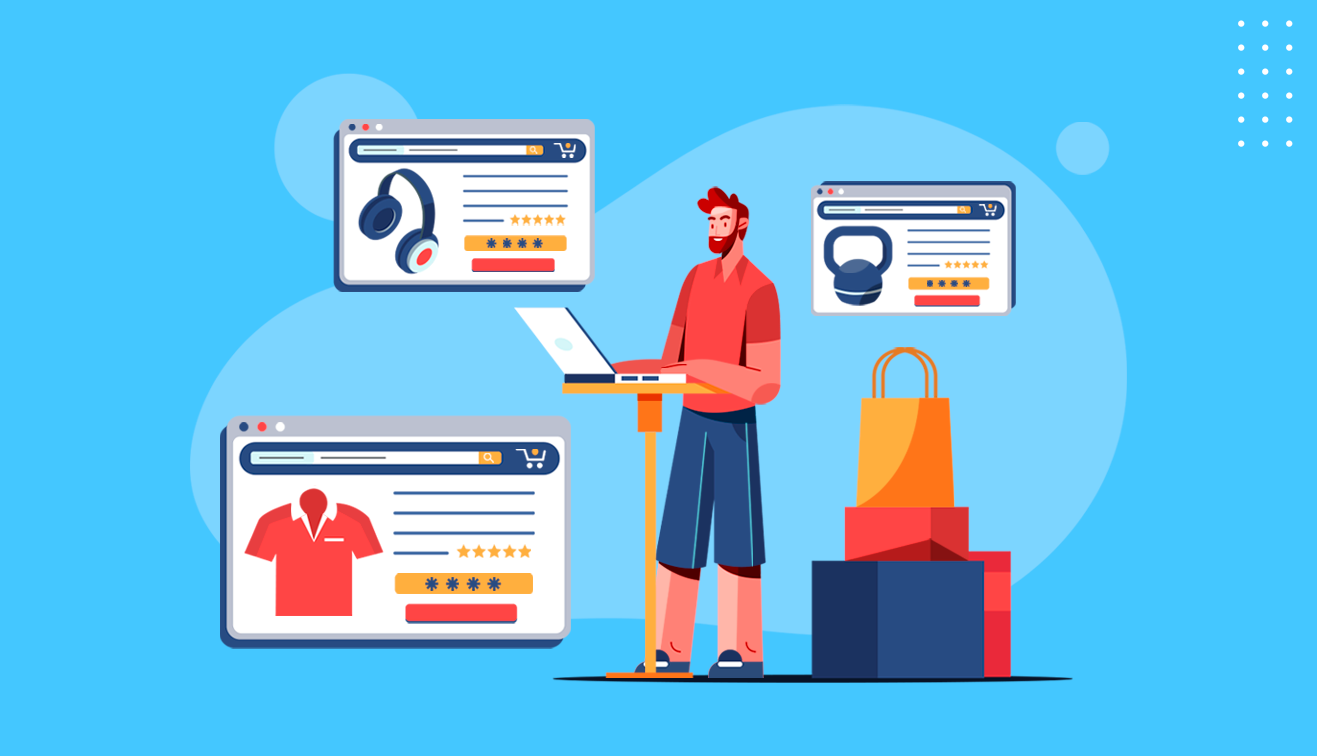
_ Why do you need one.png?w=3840&q=75)
